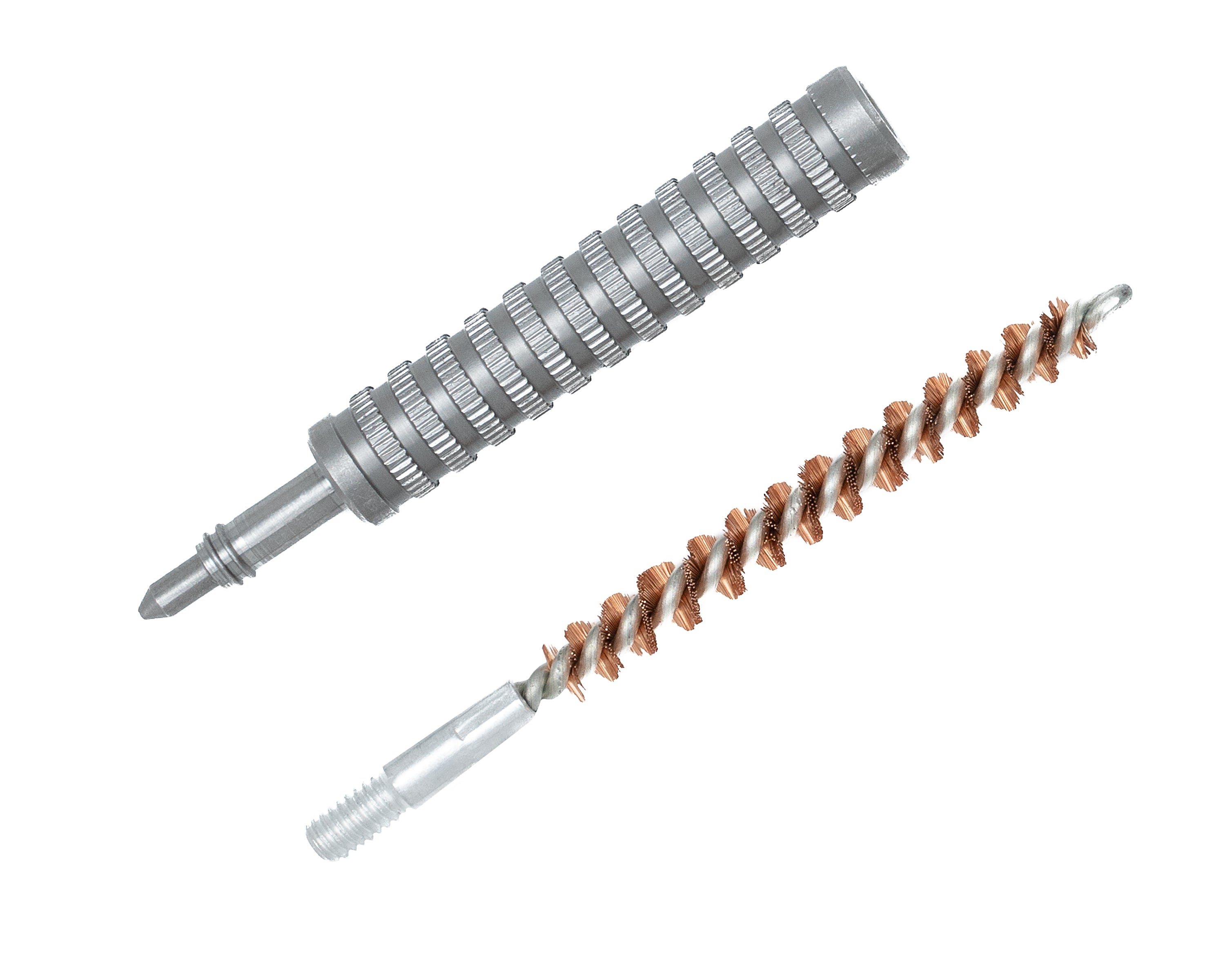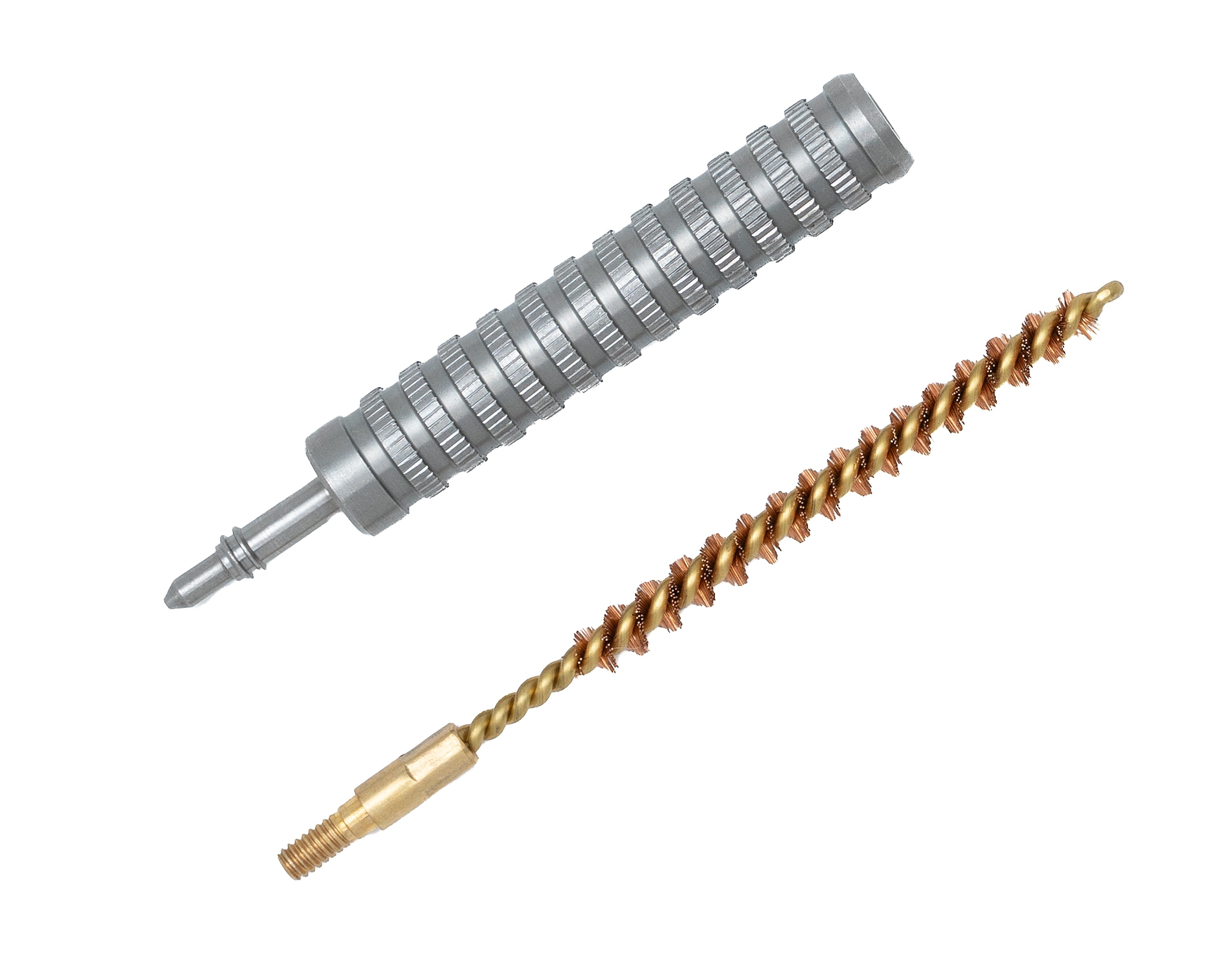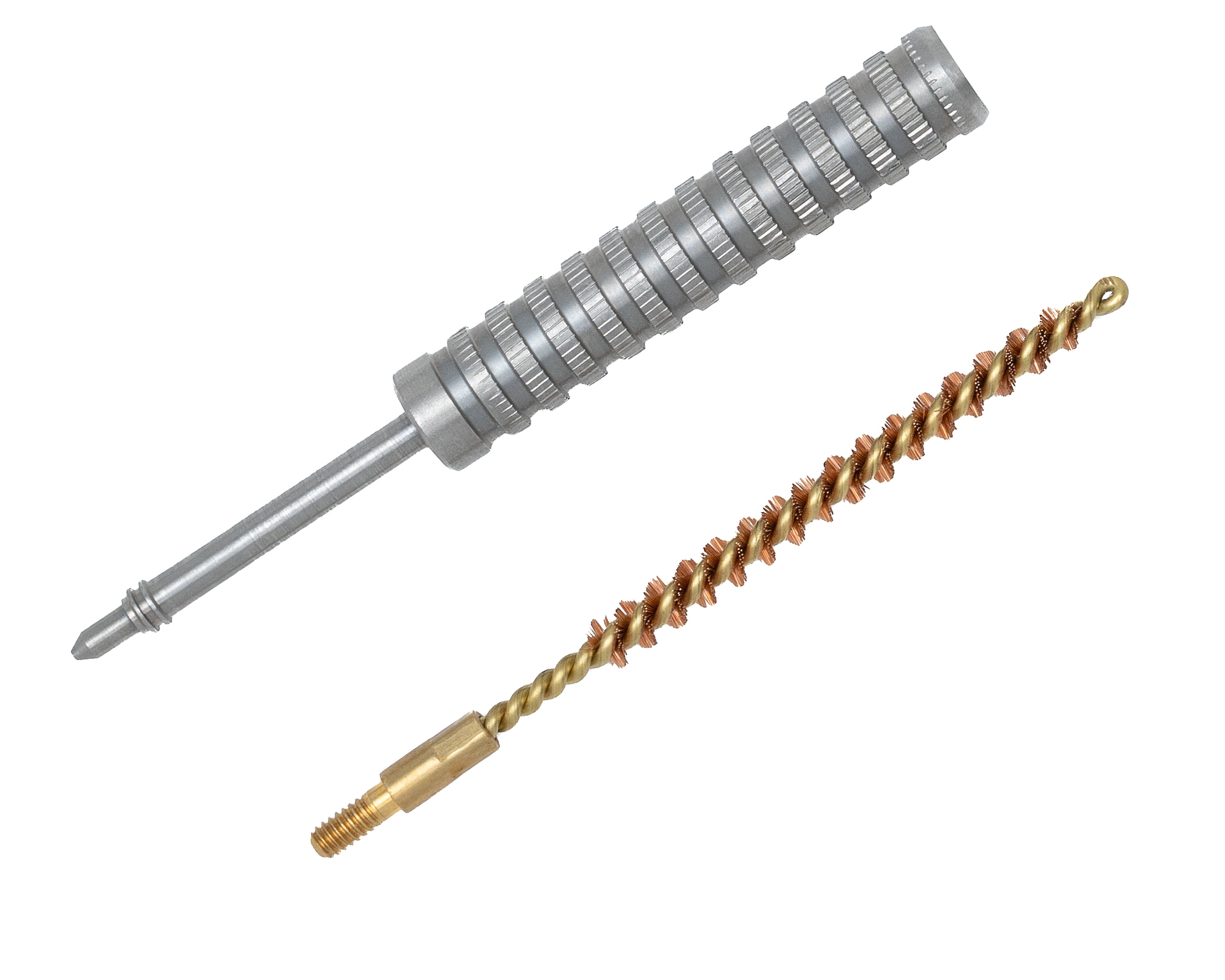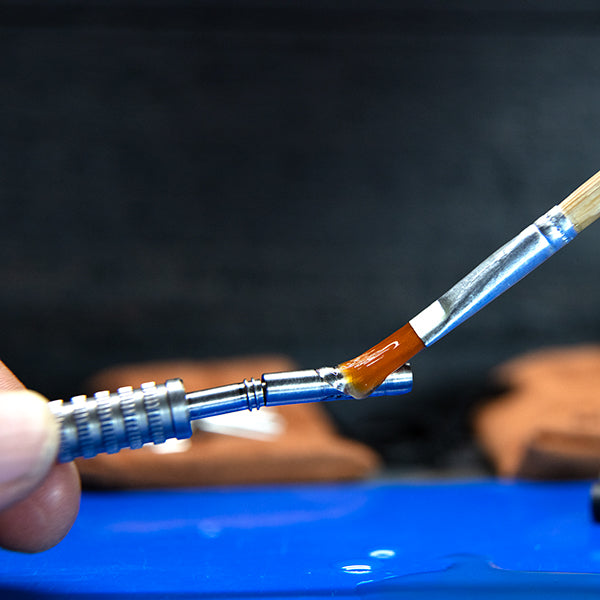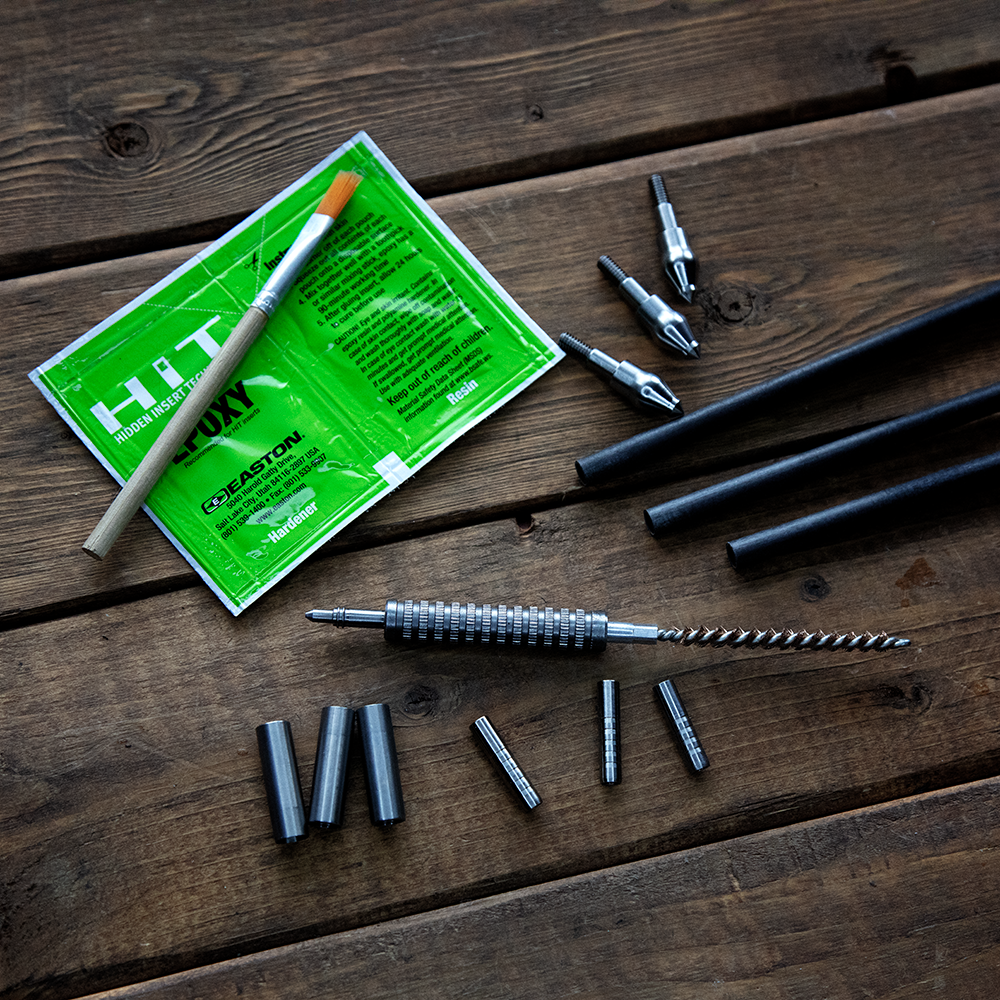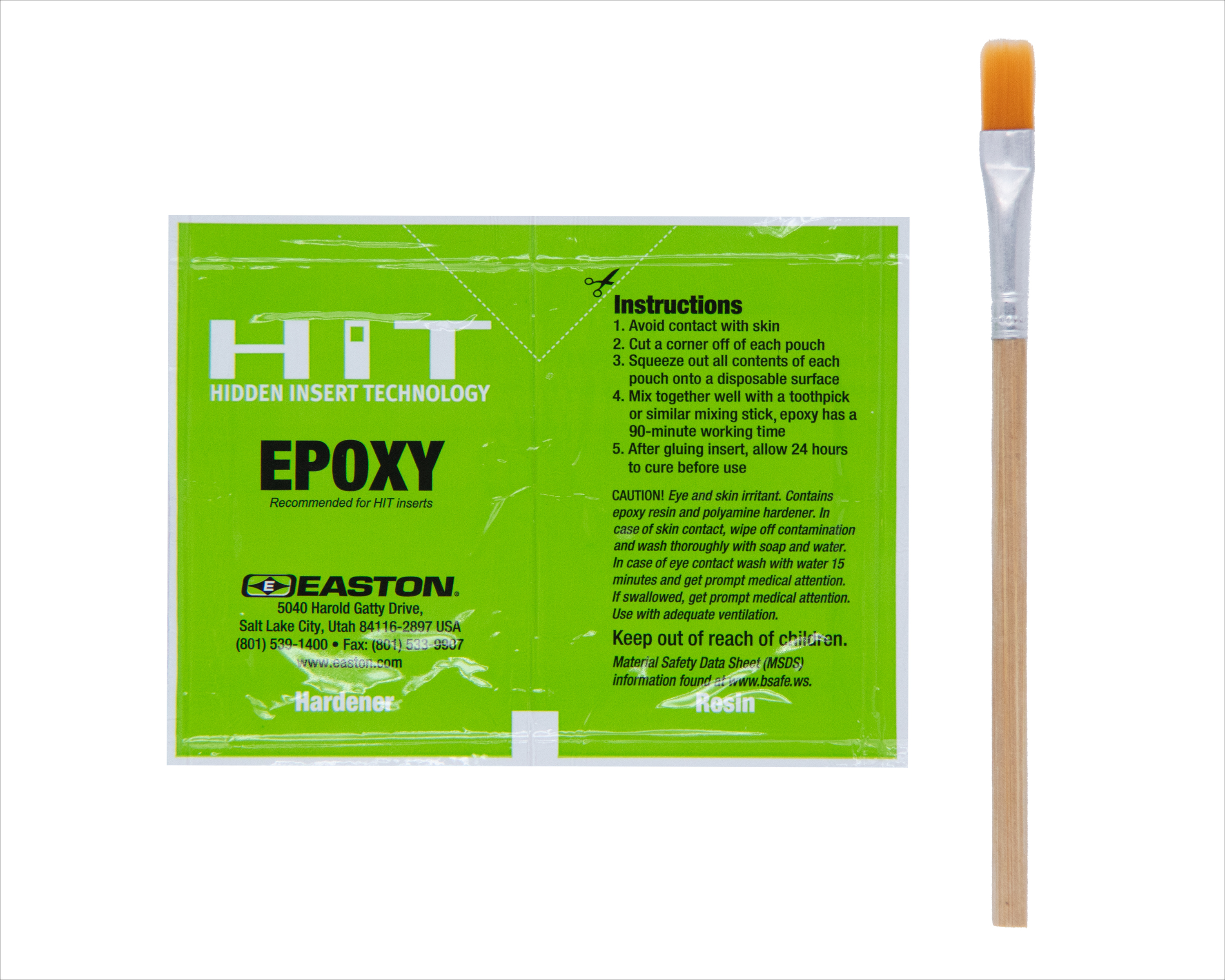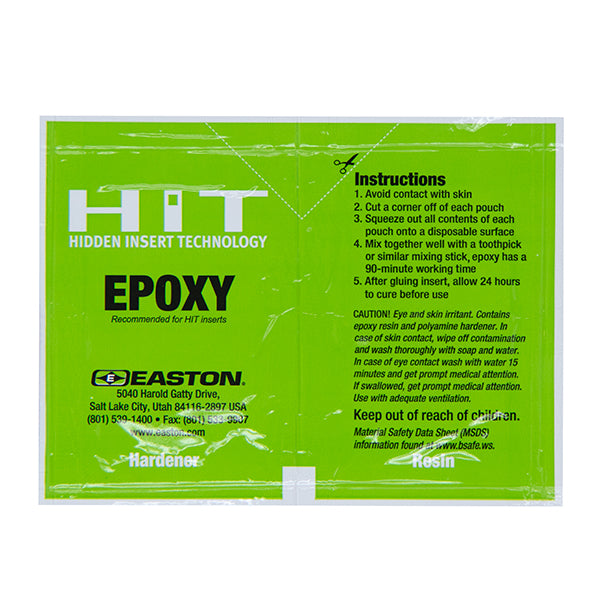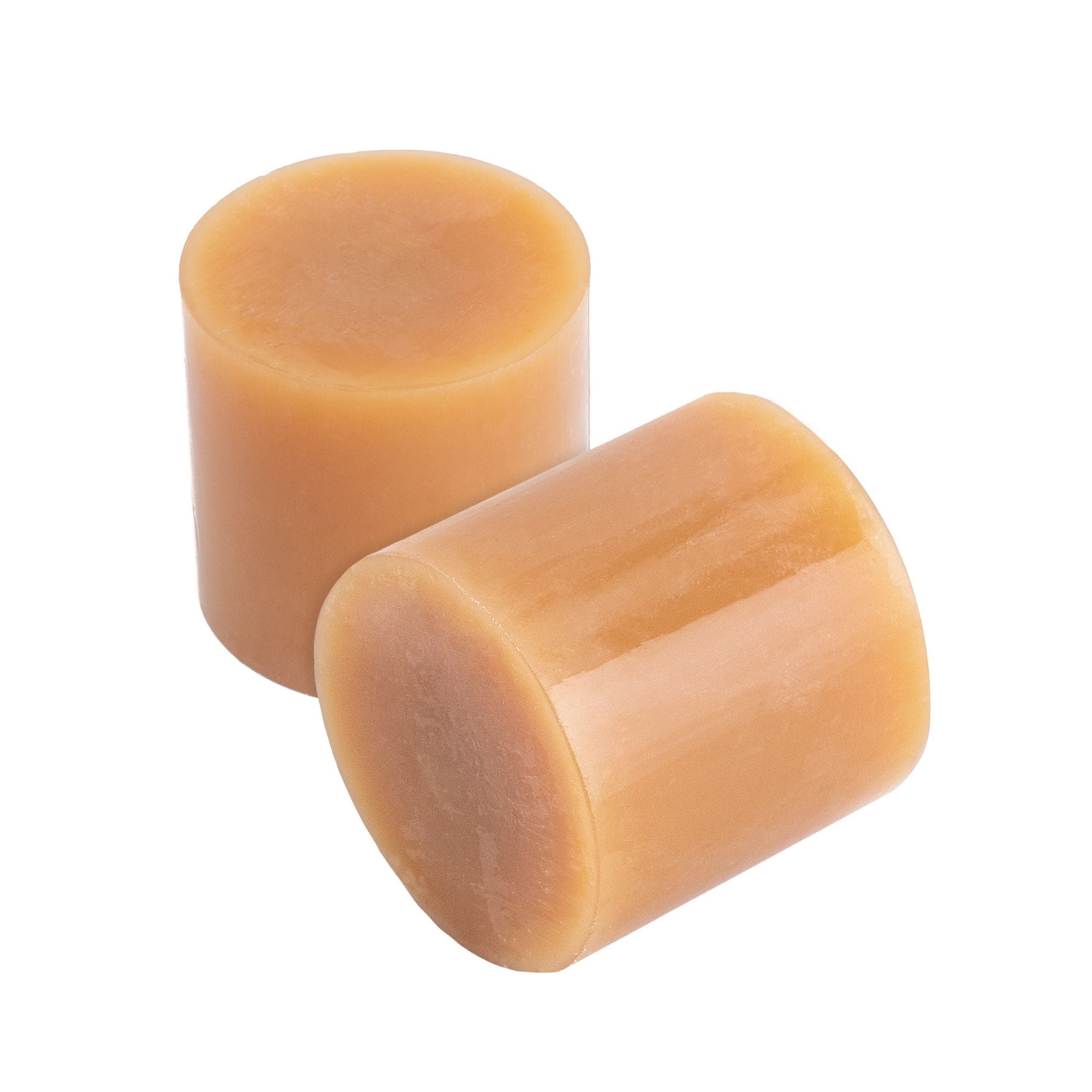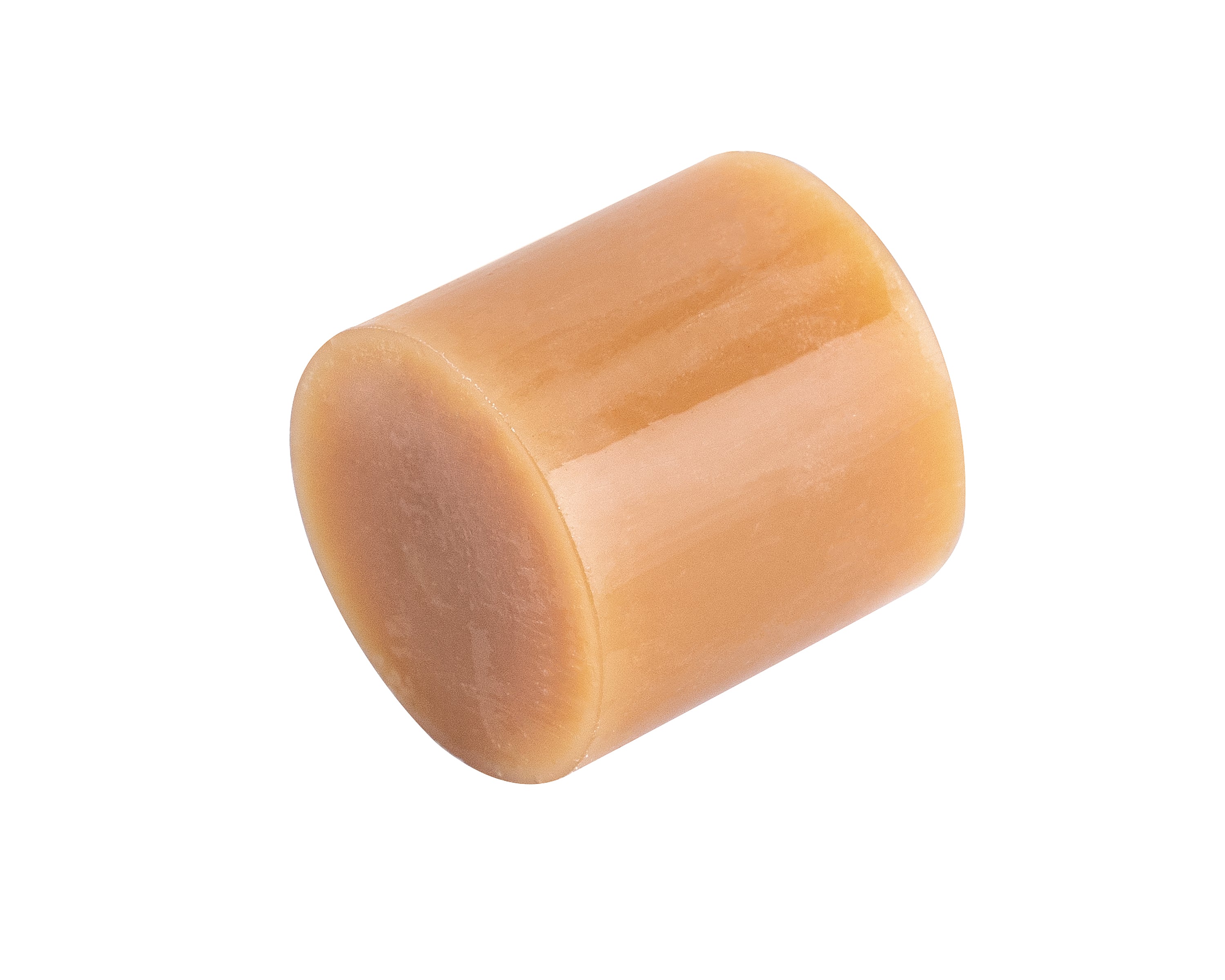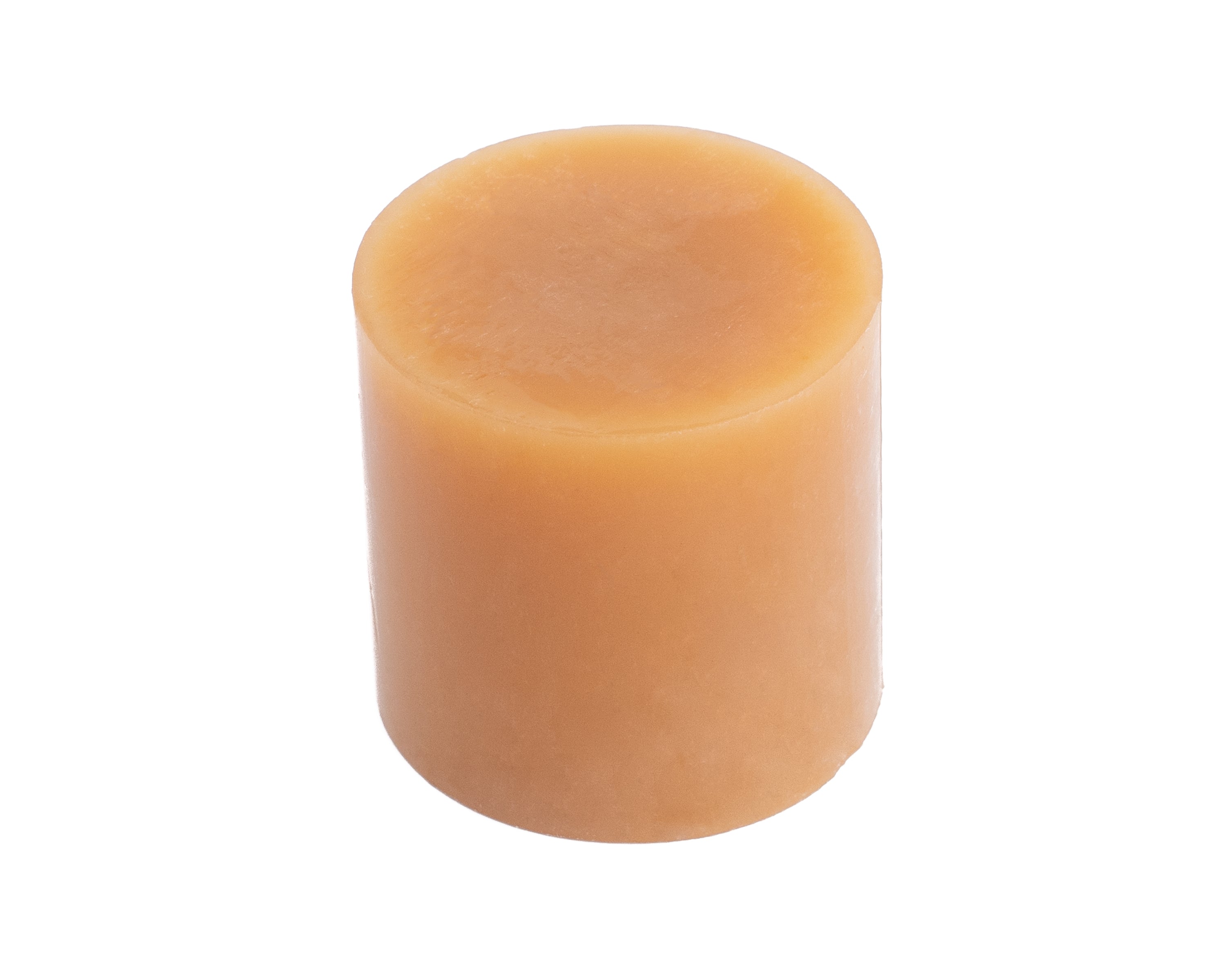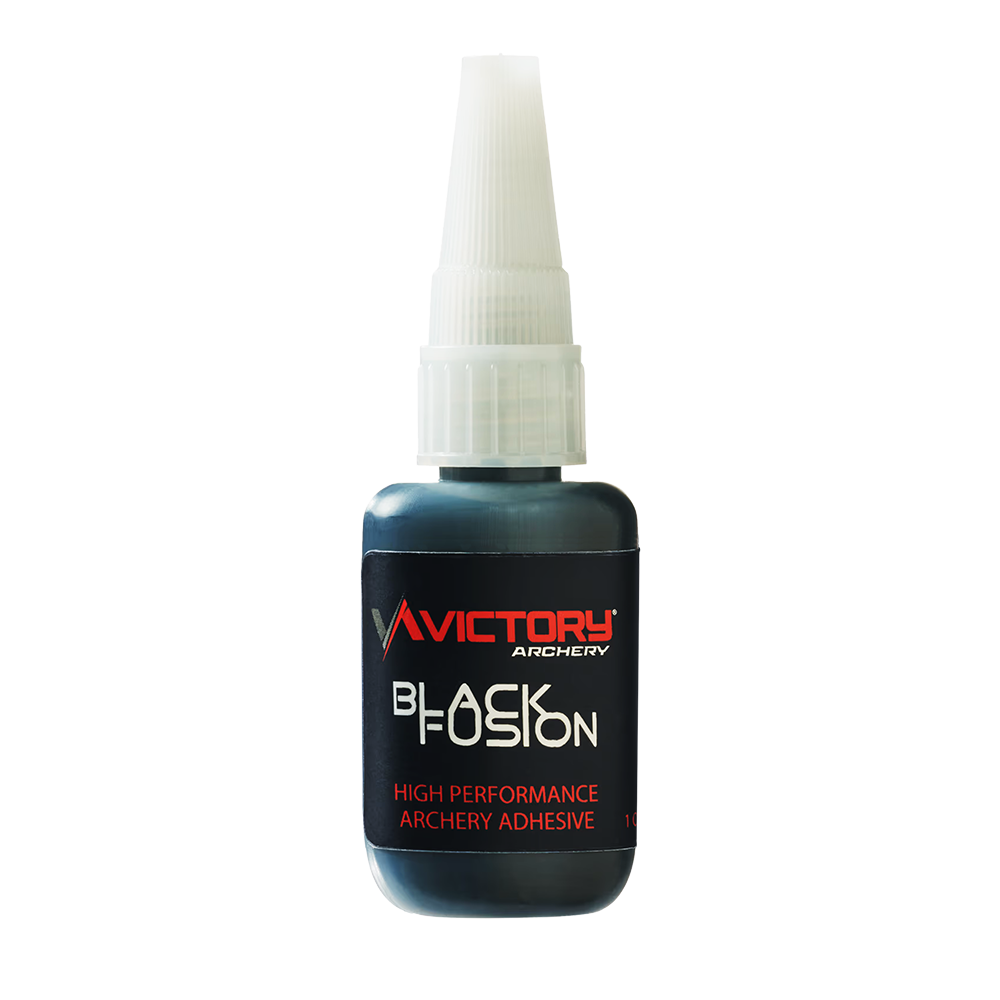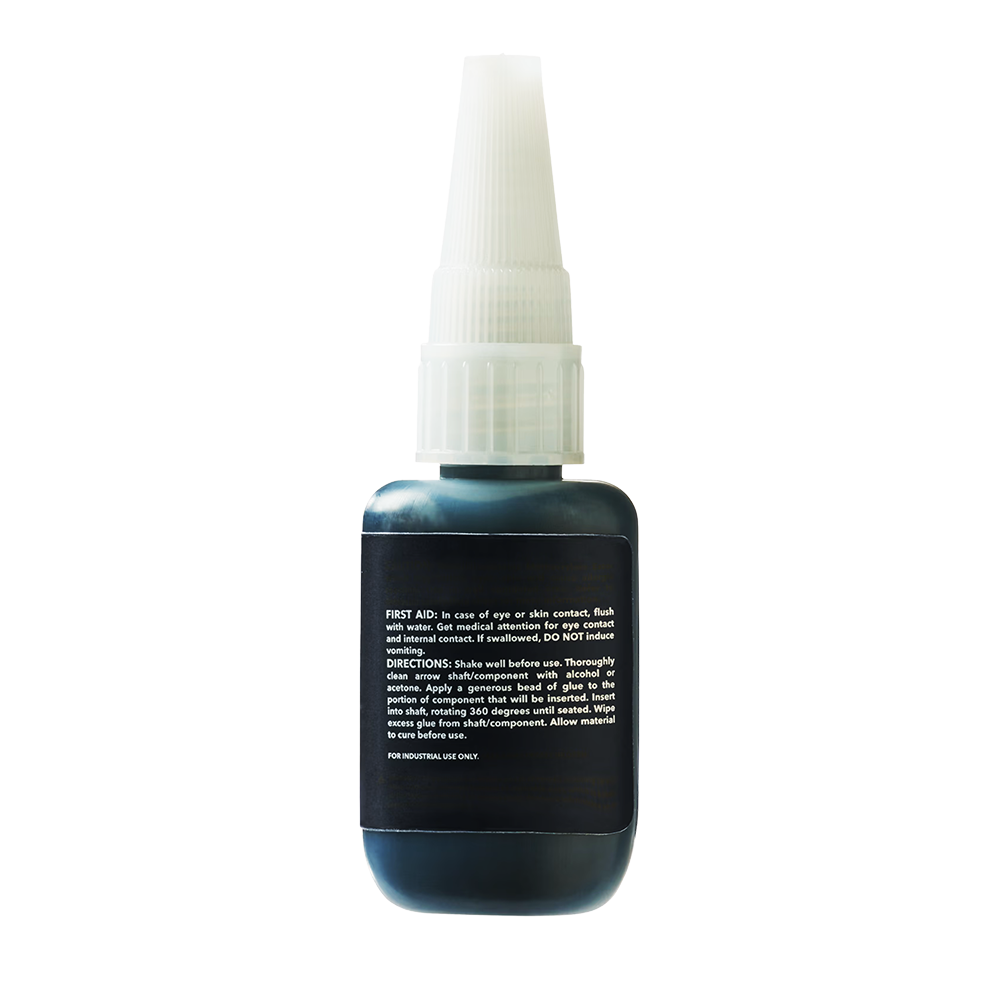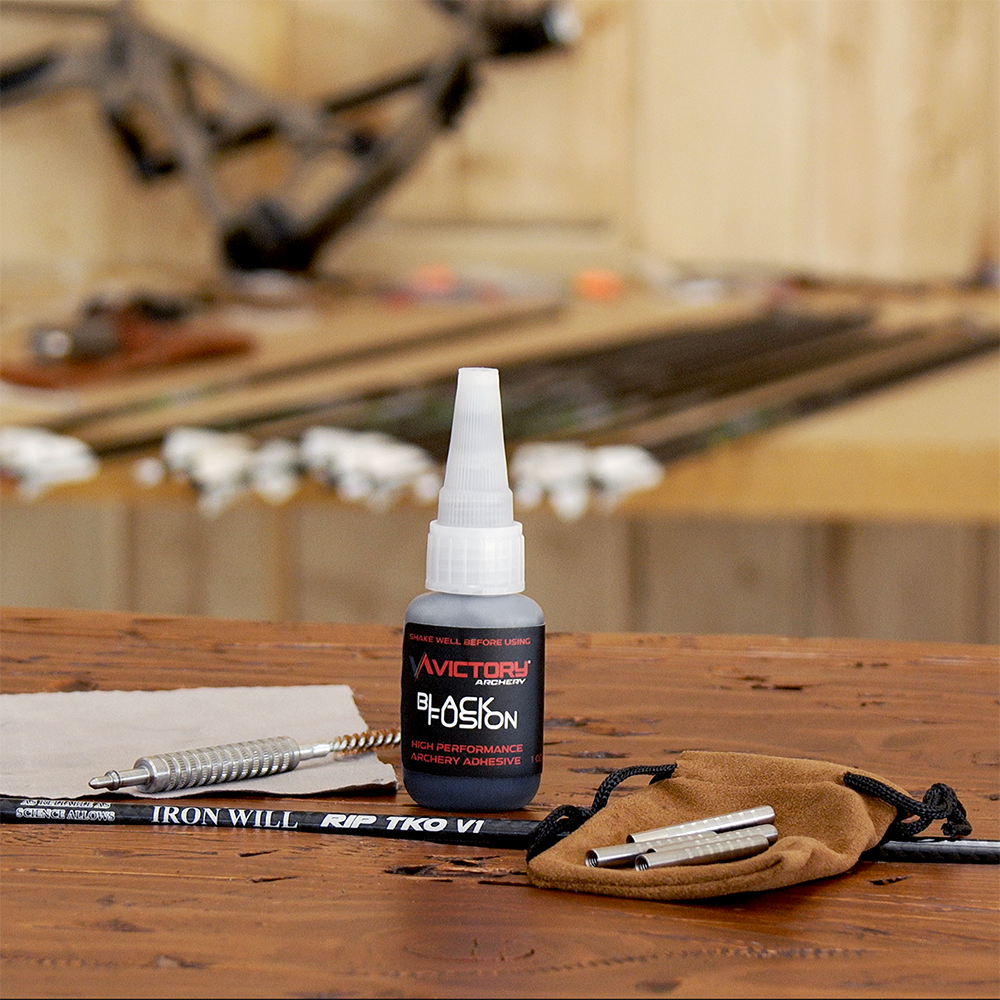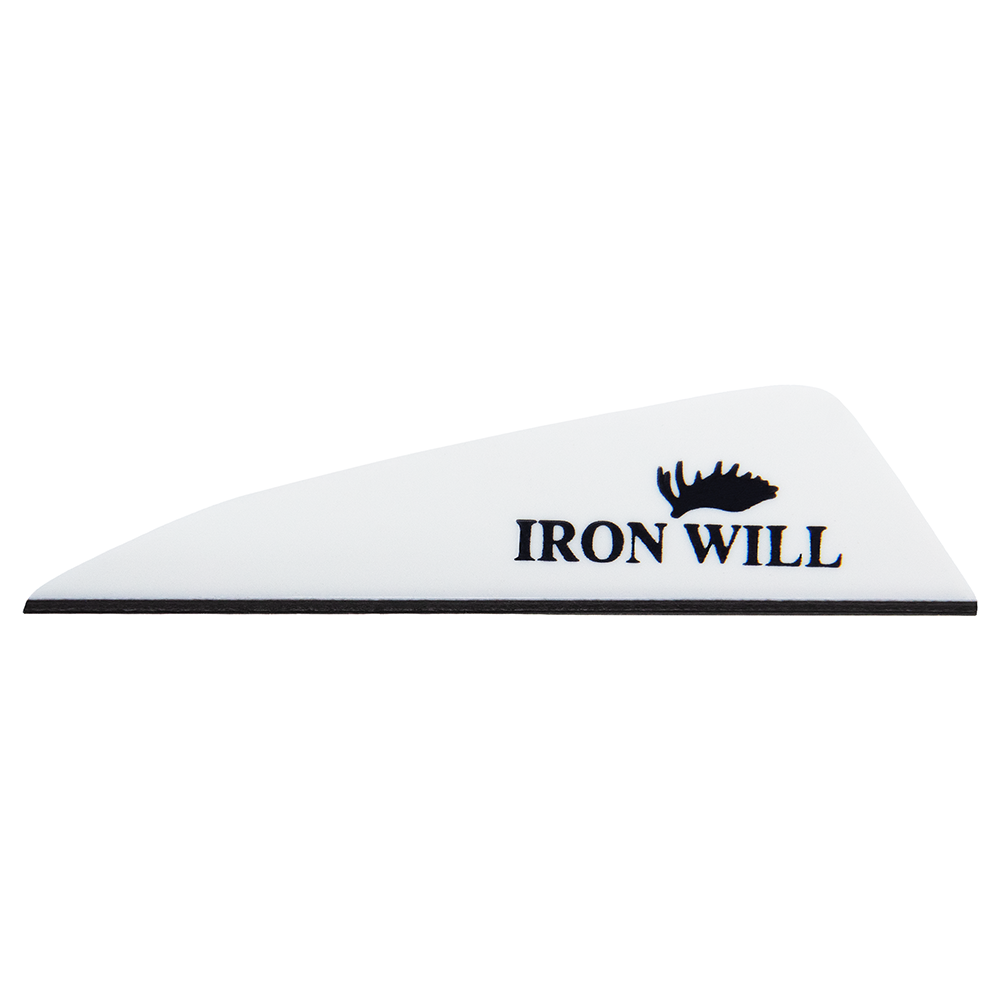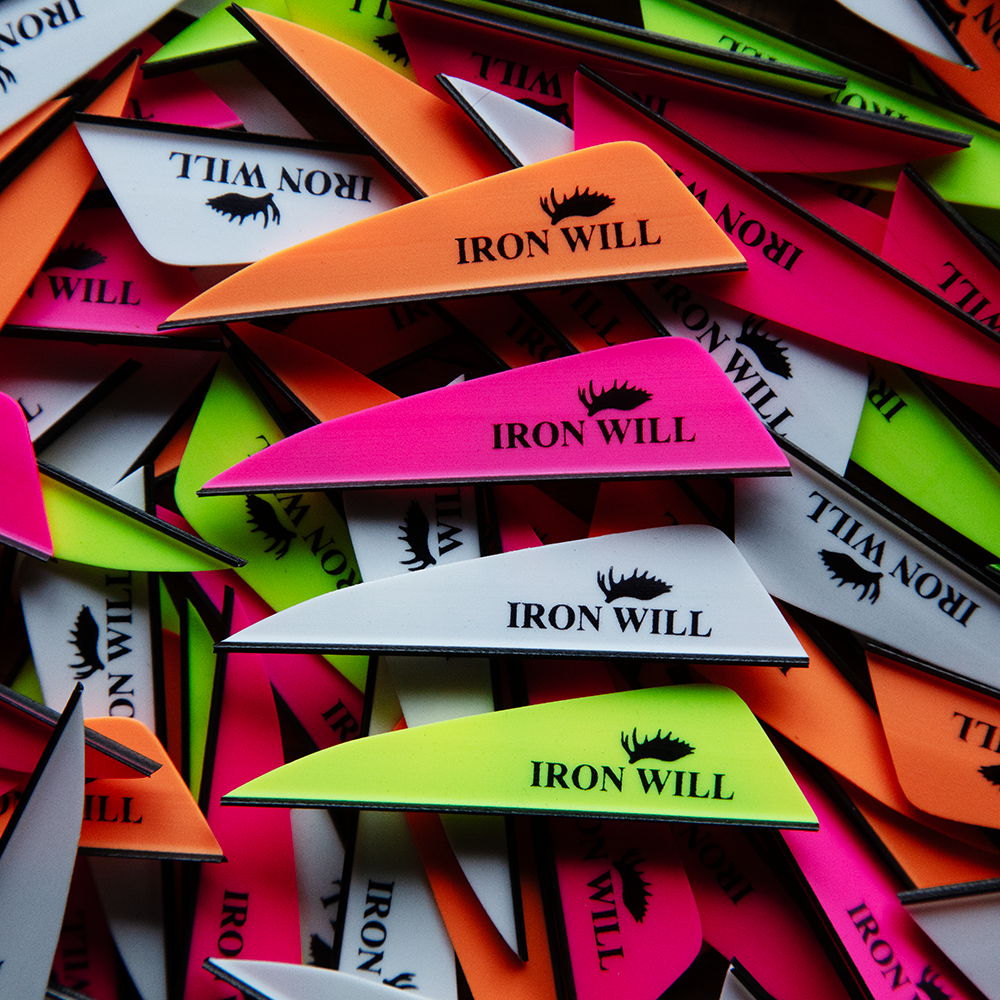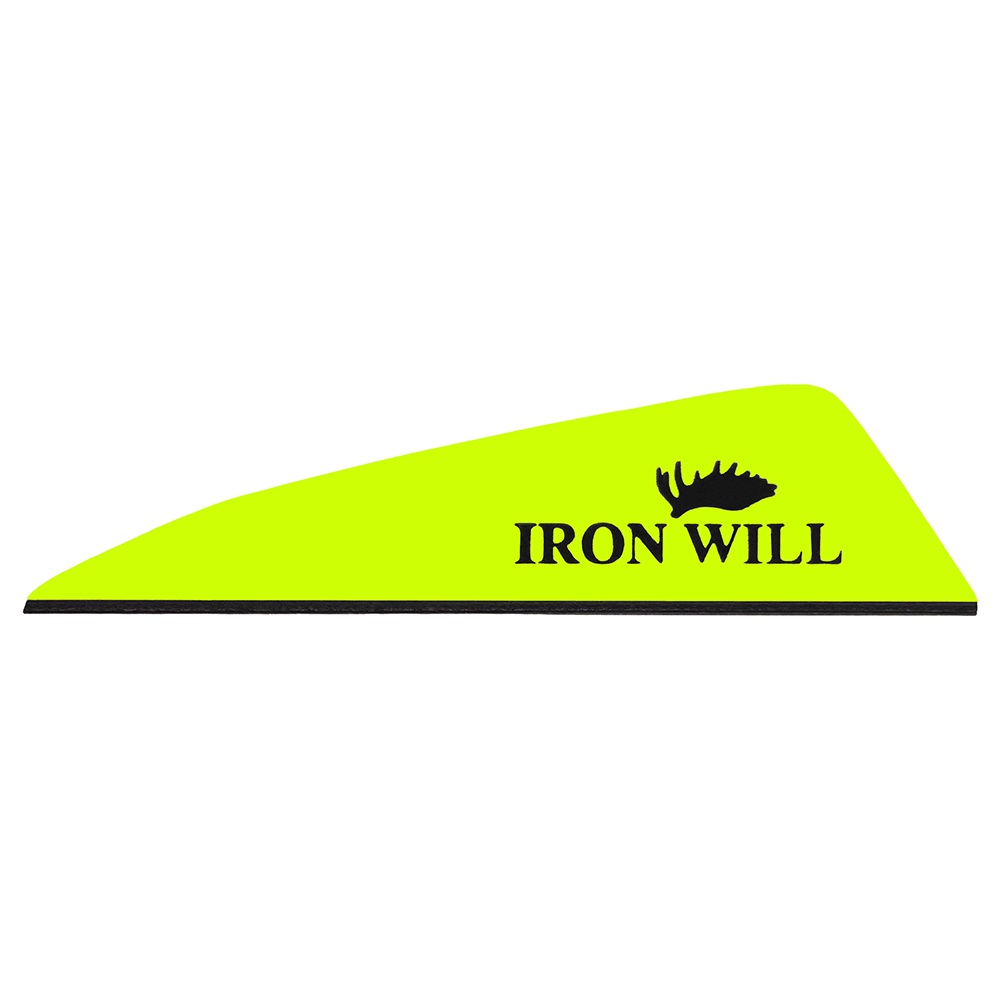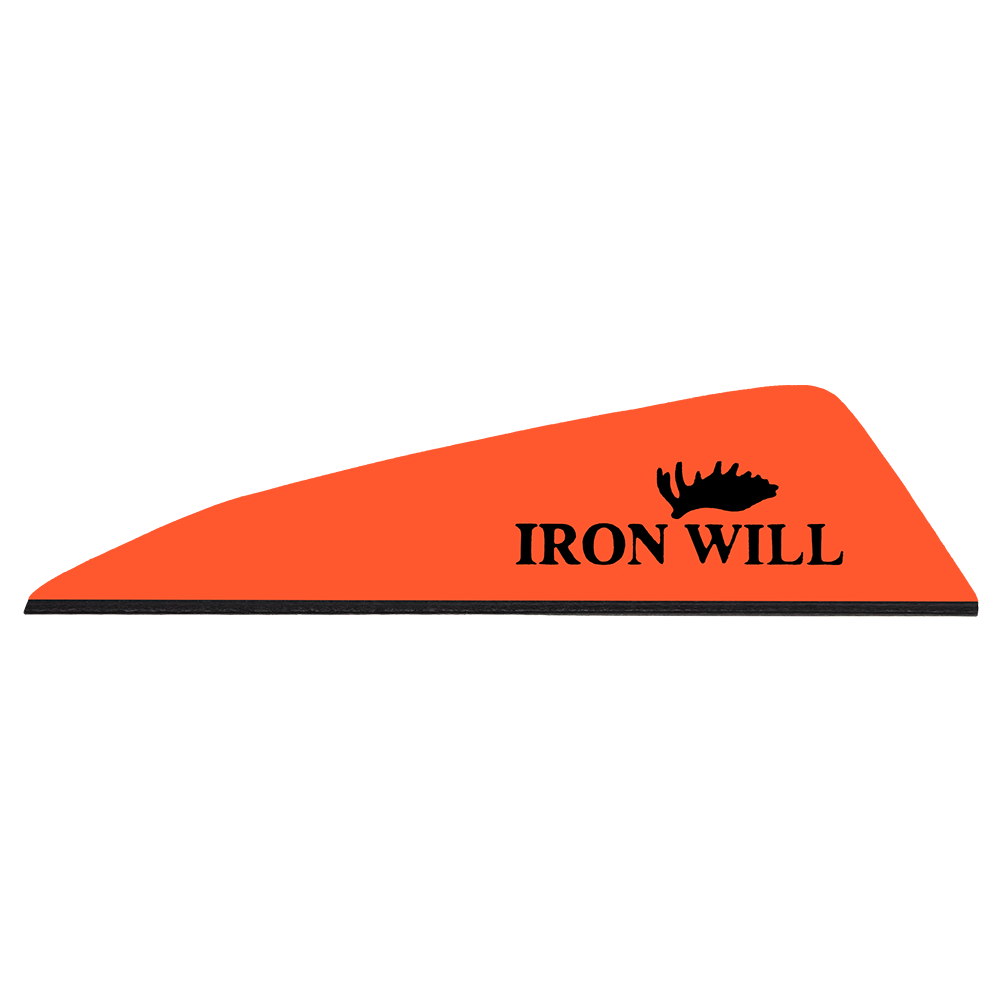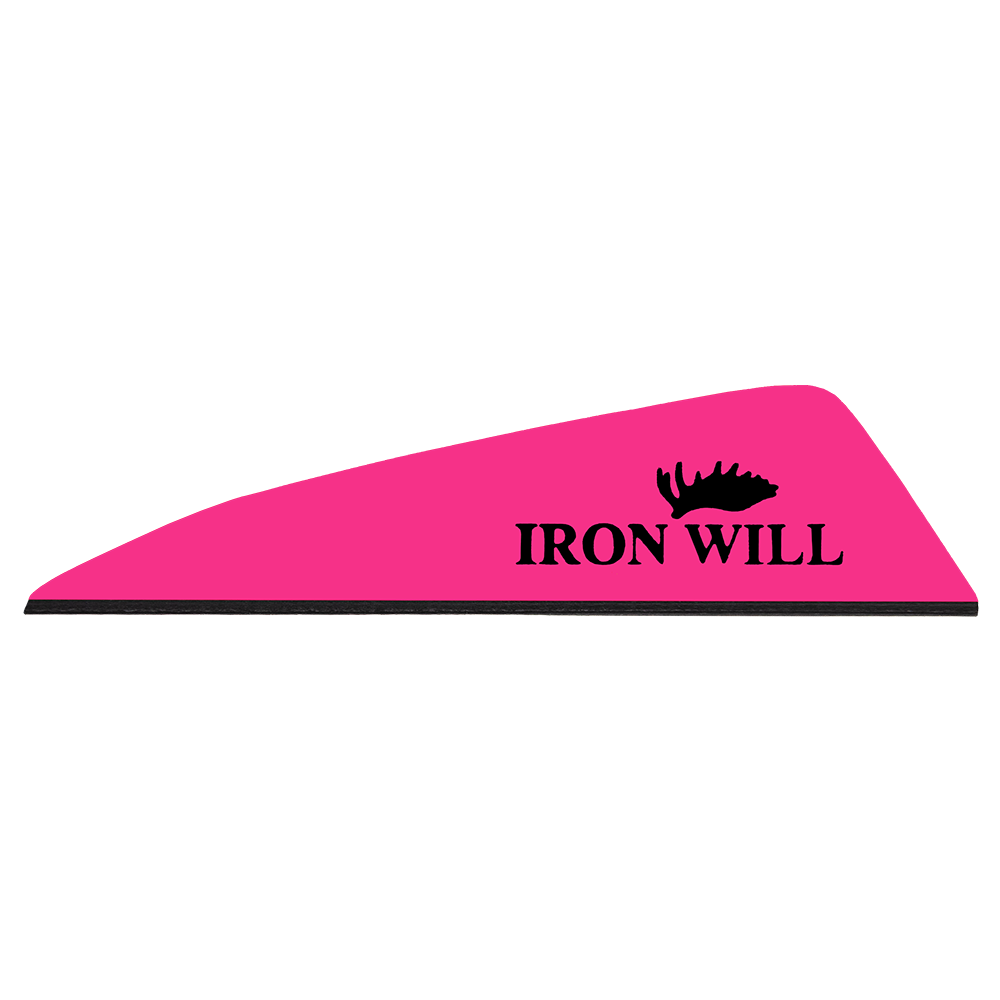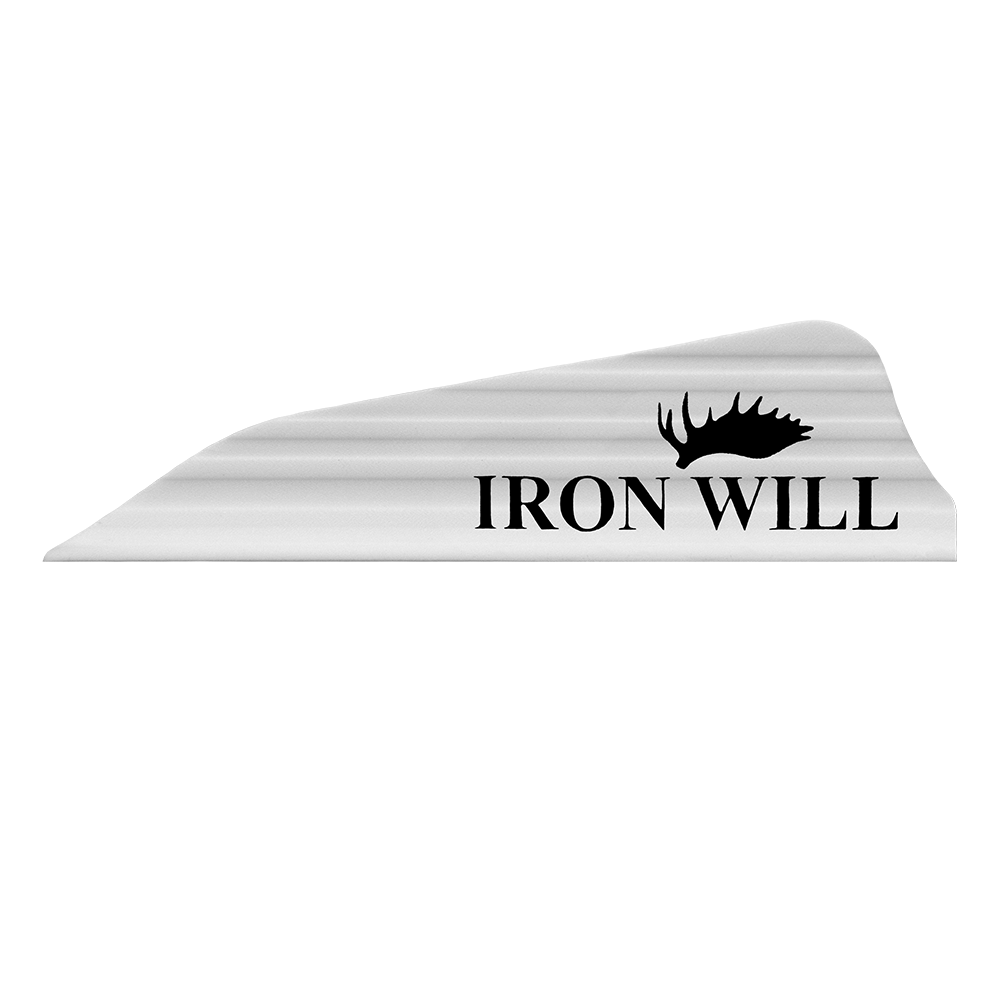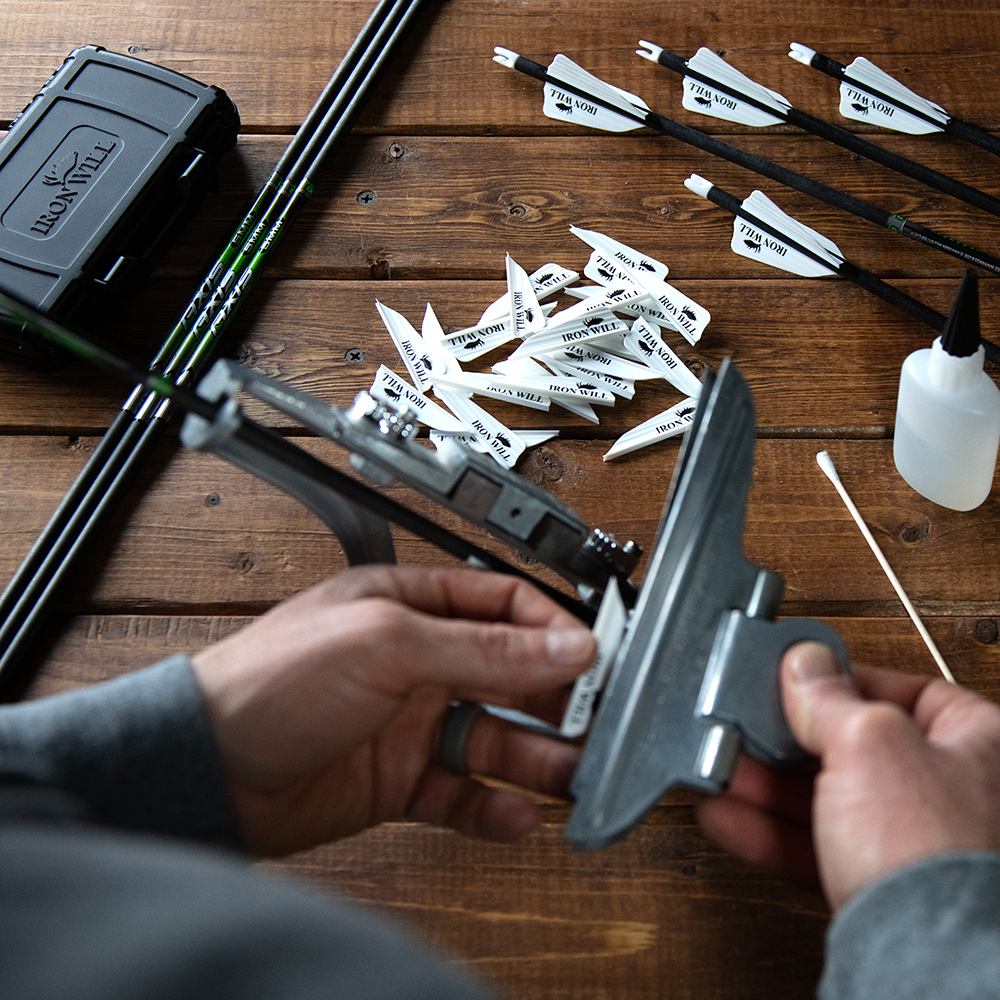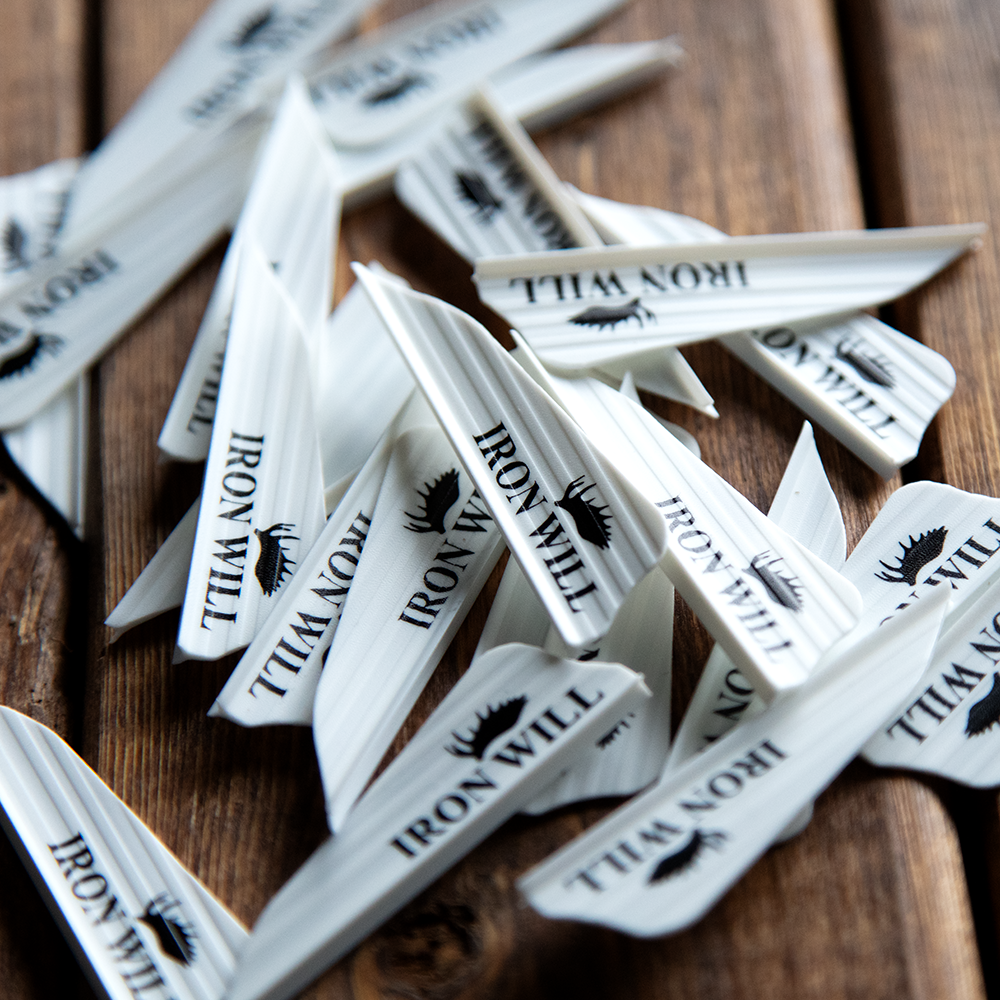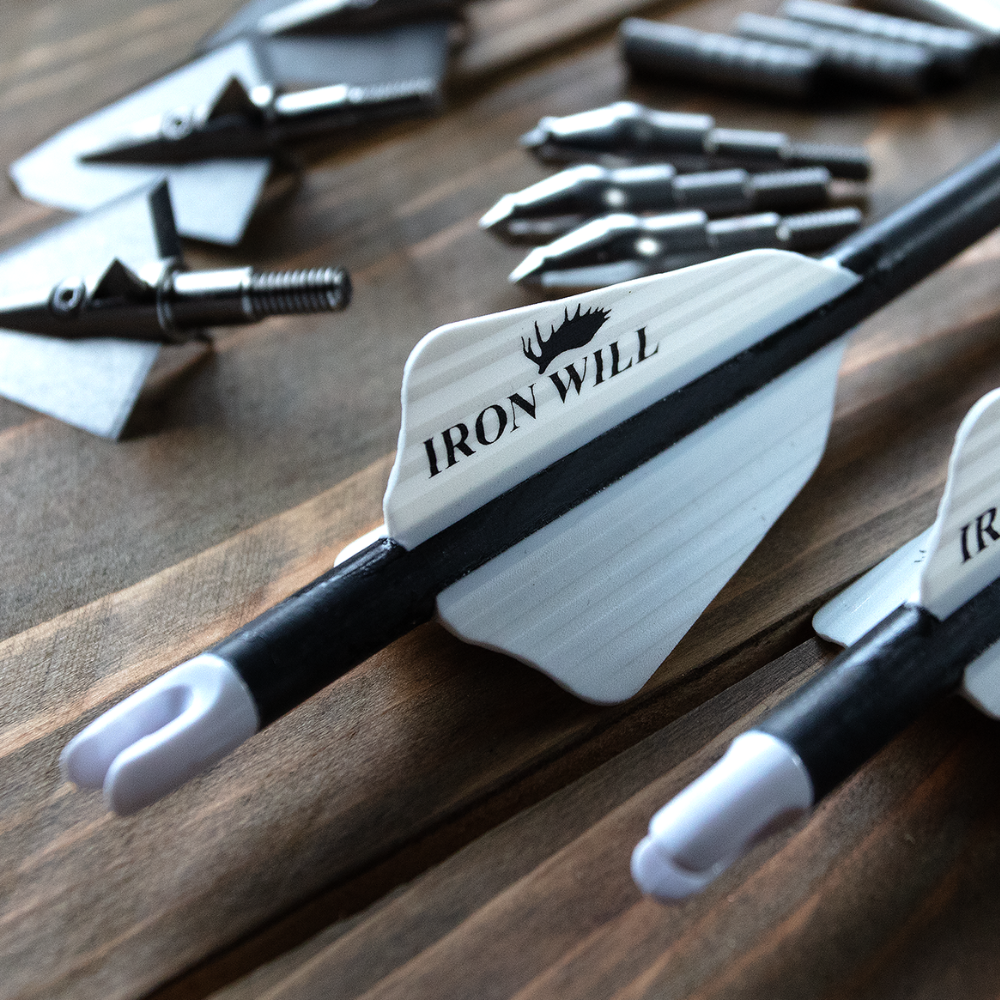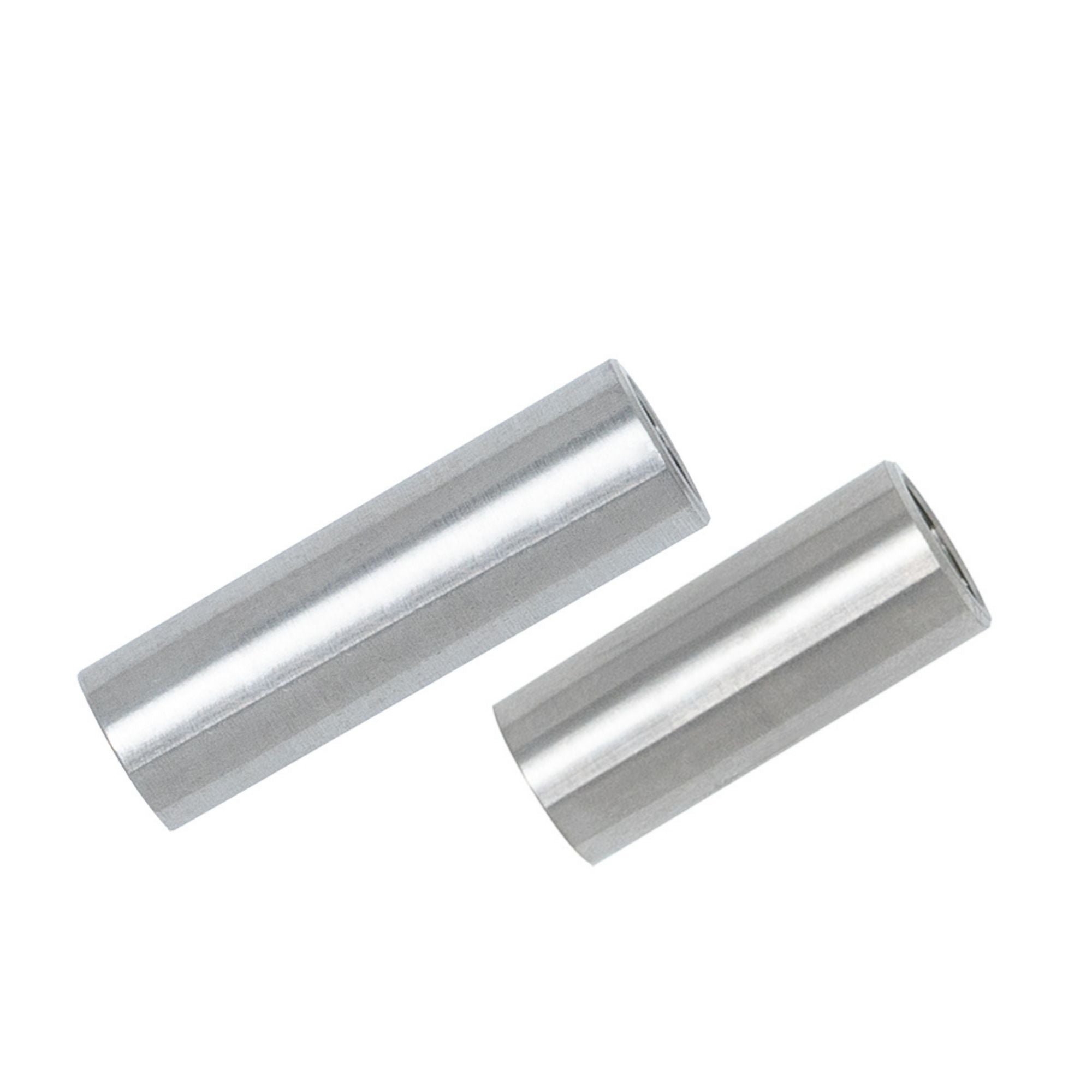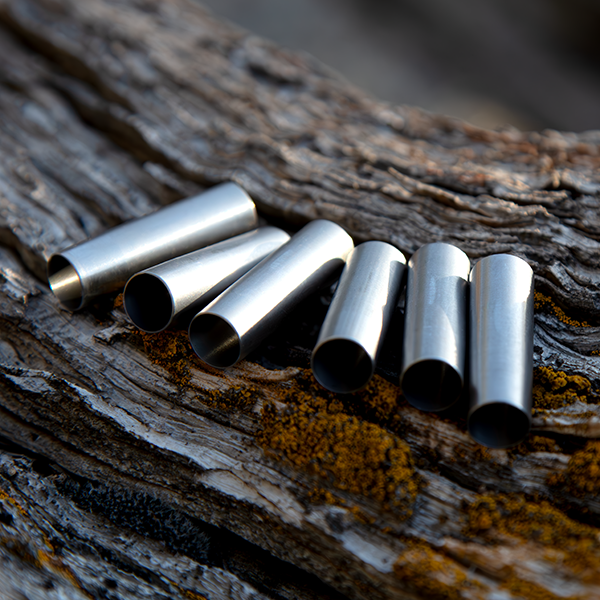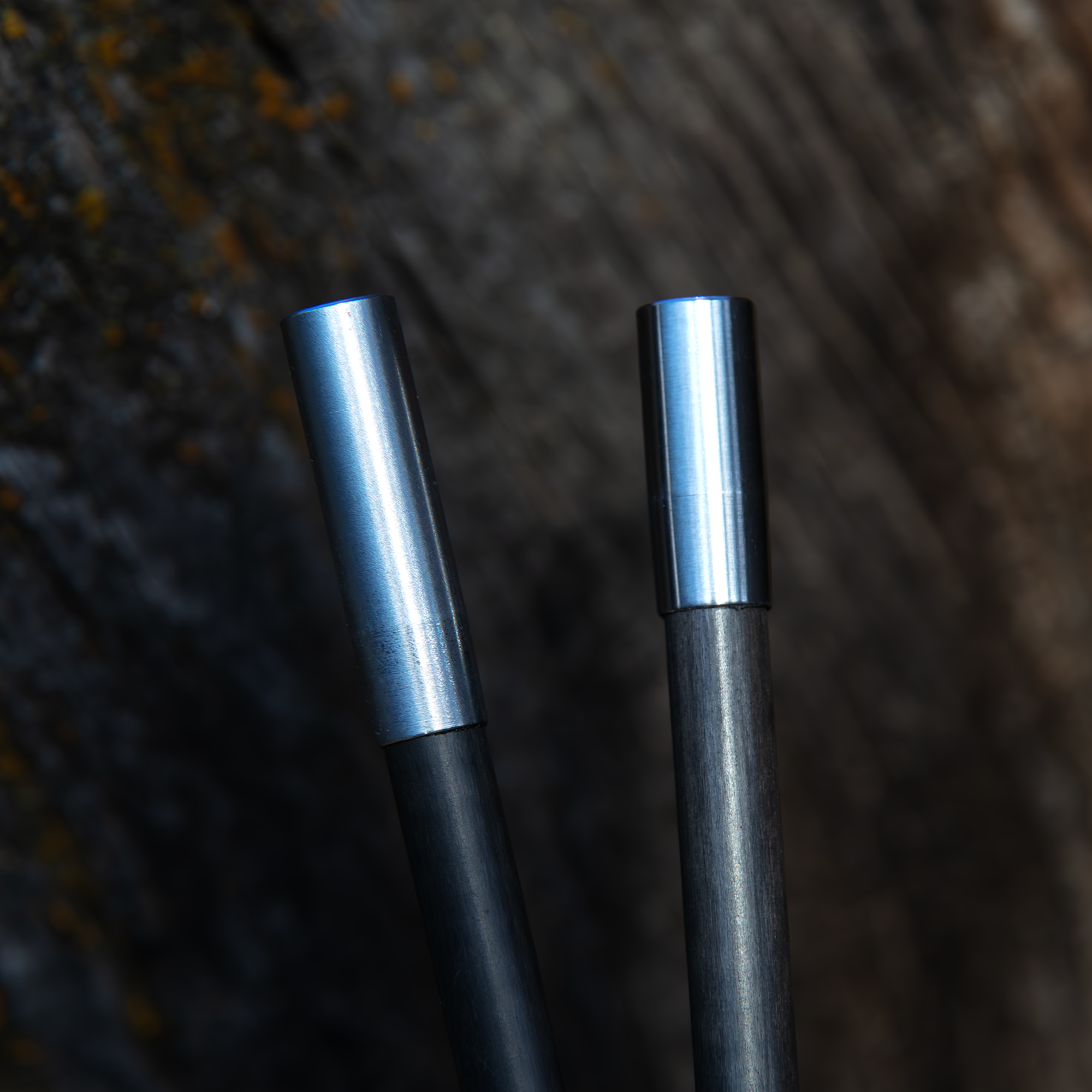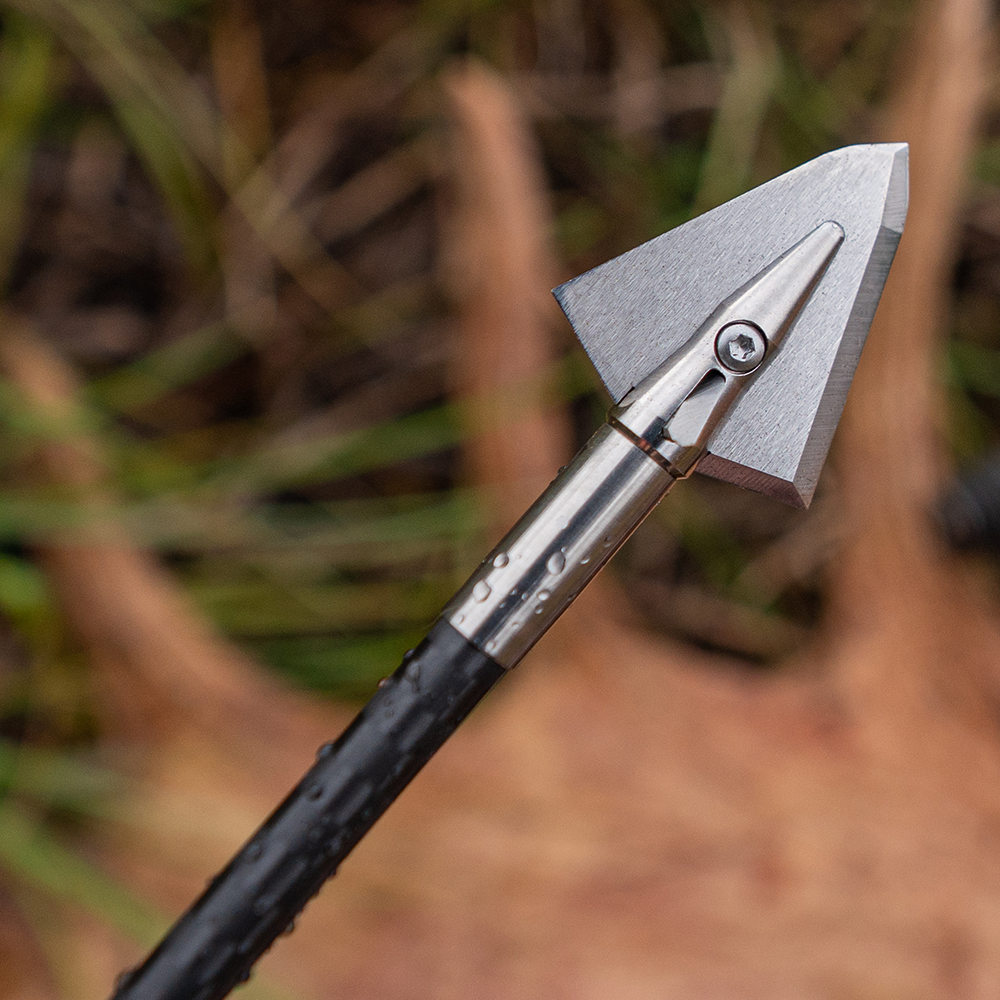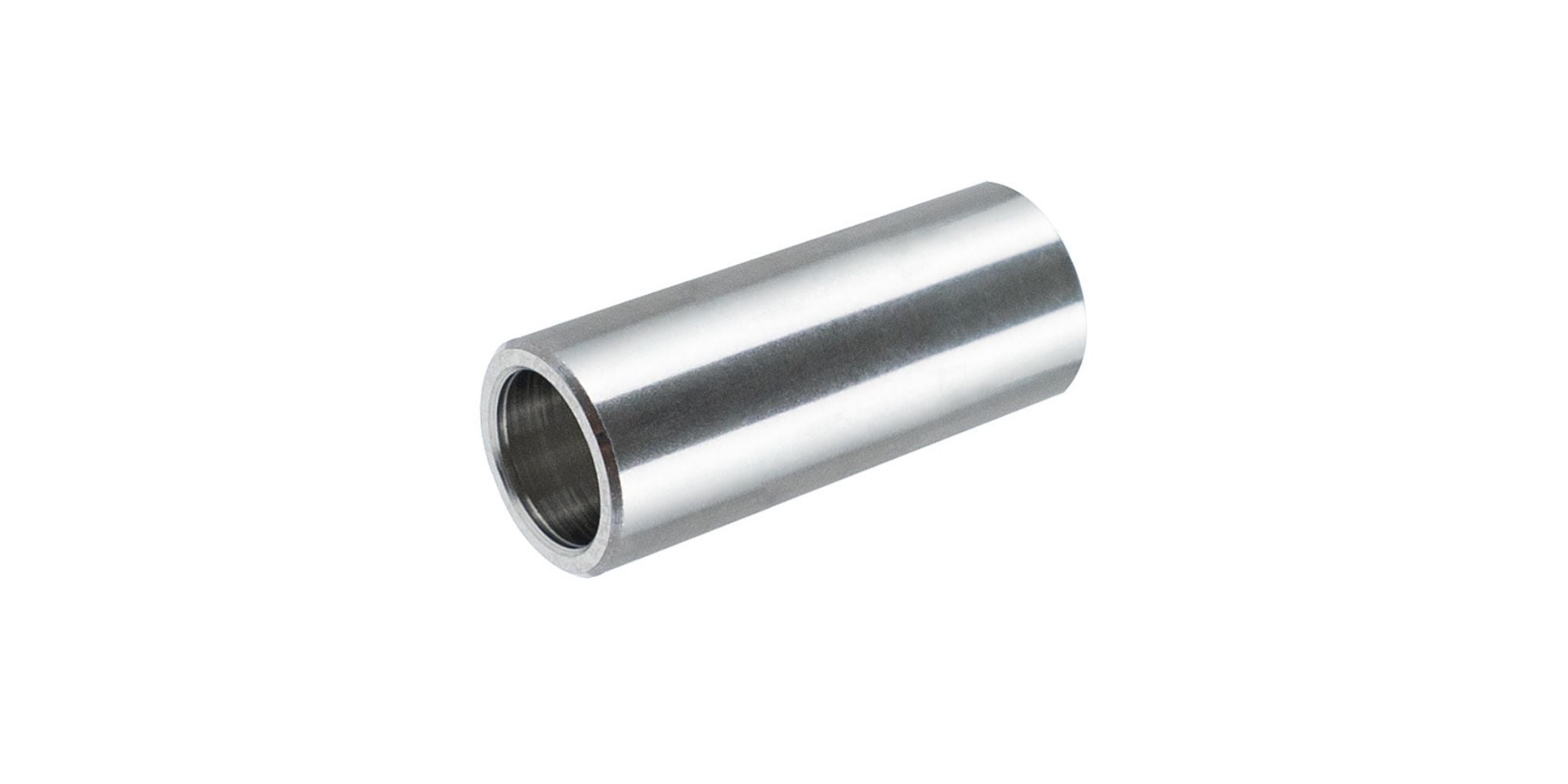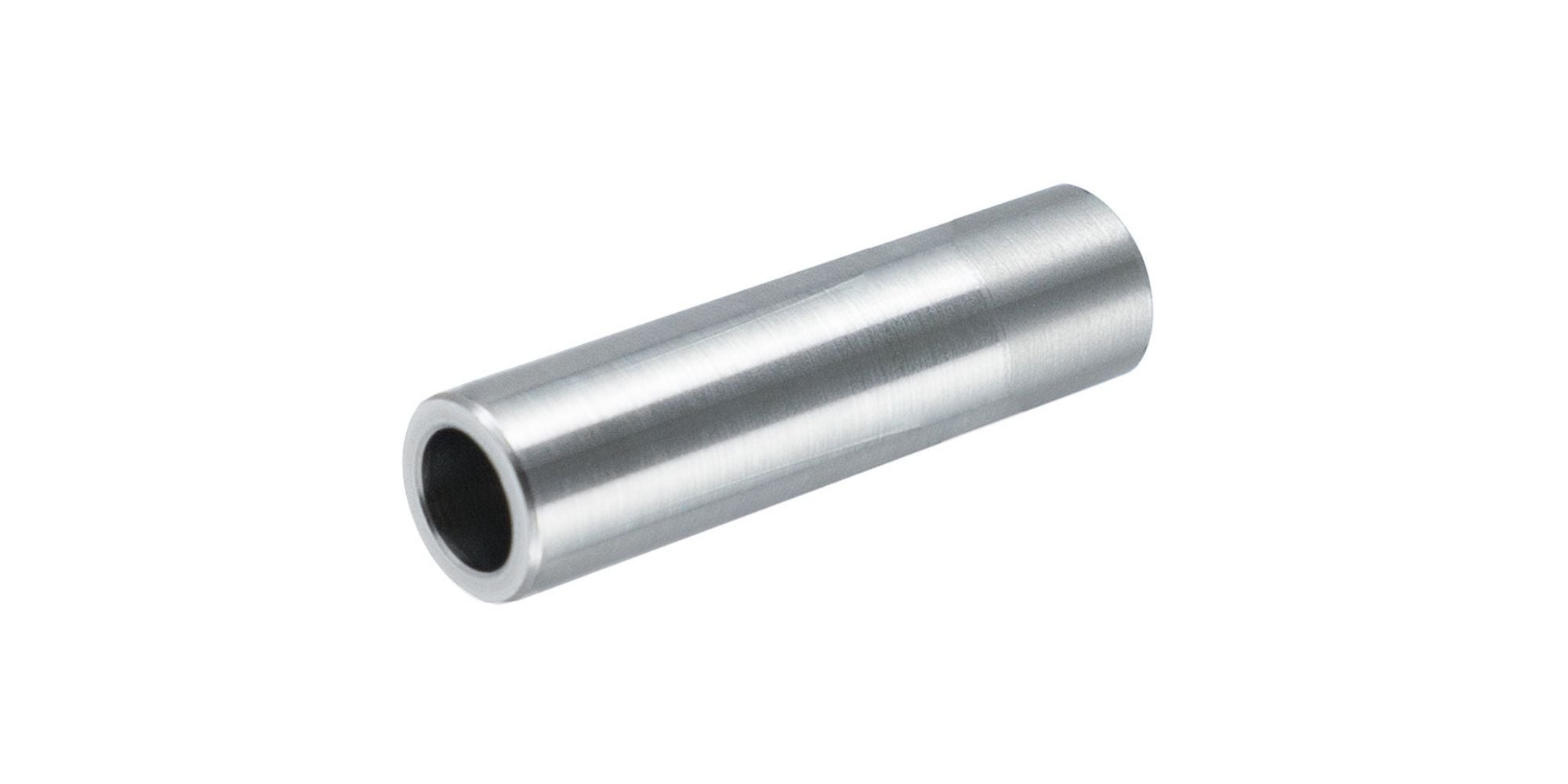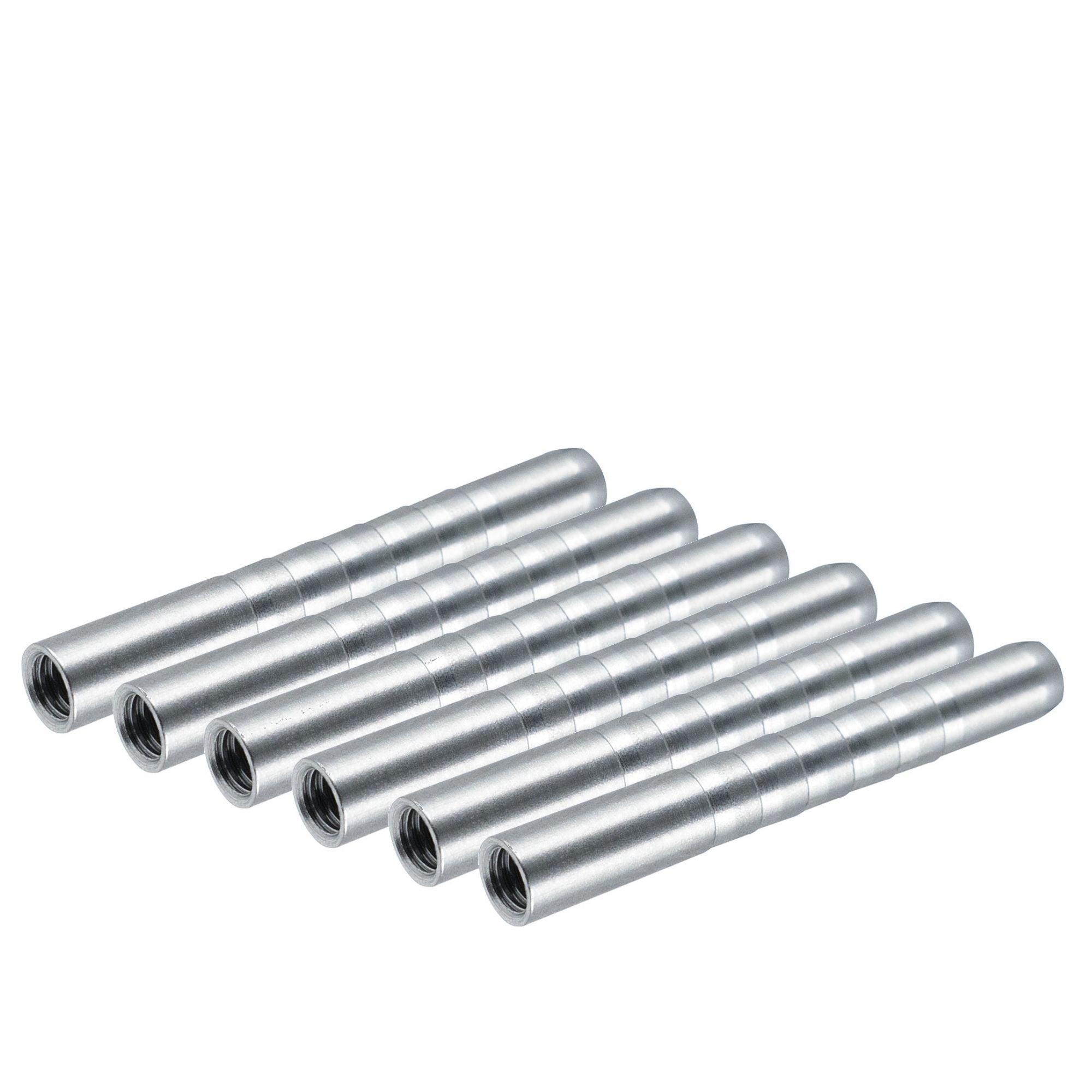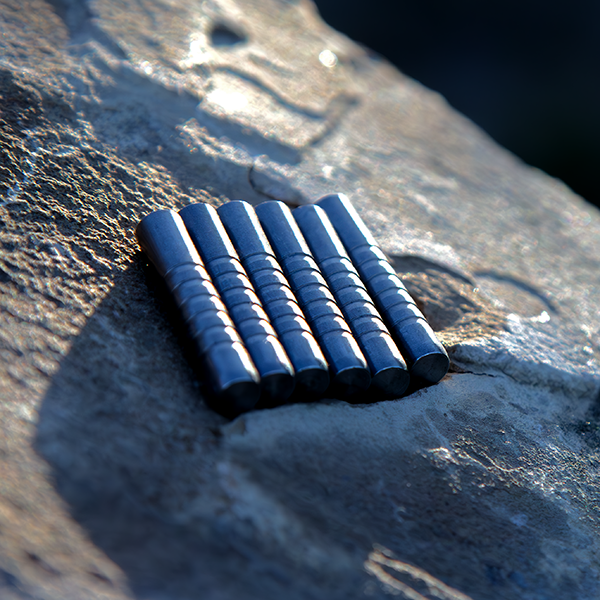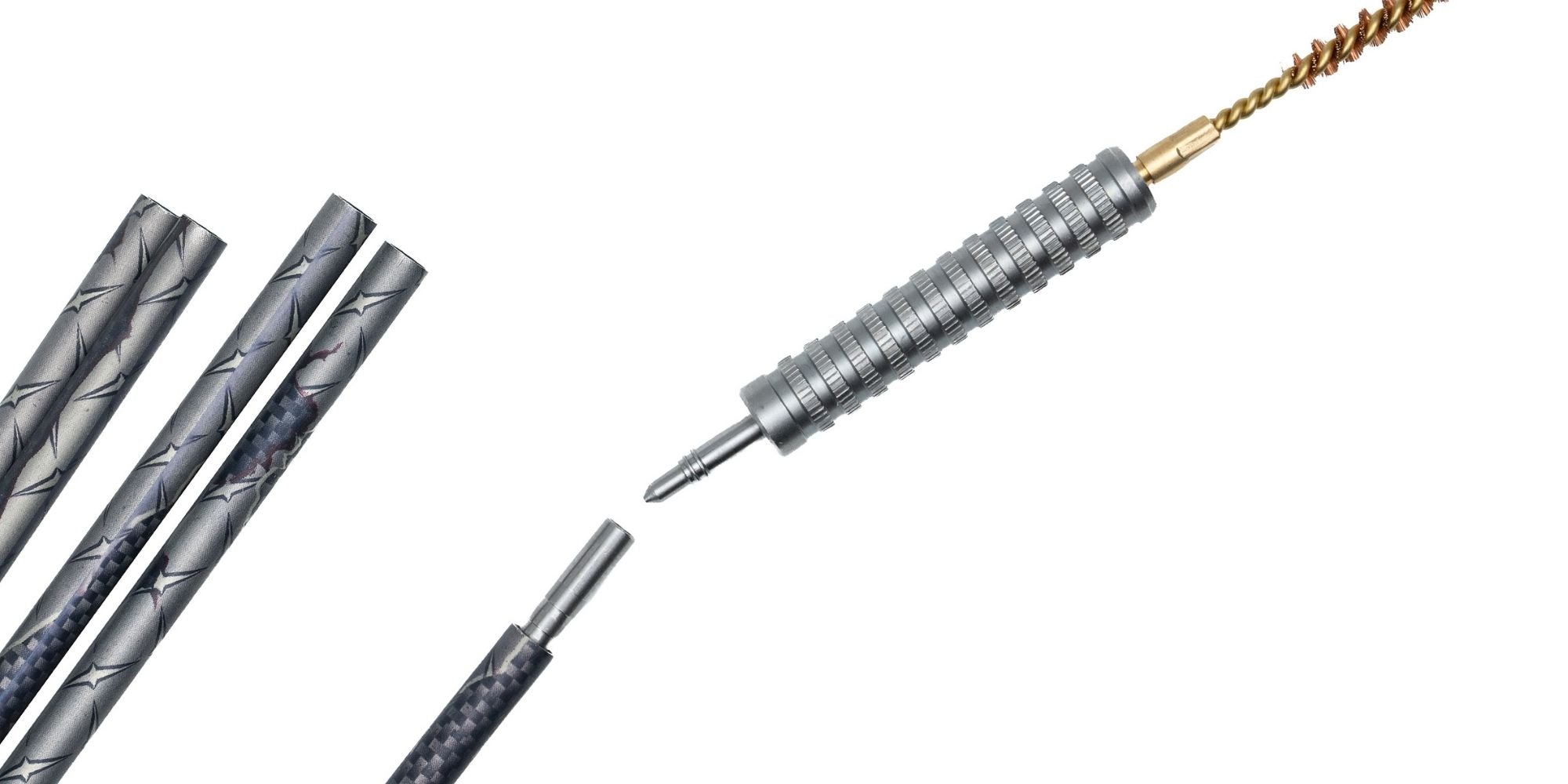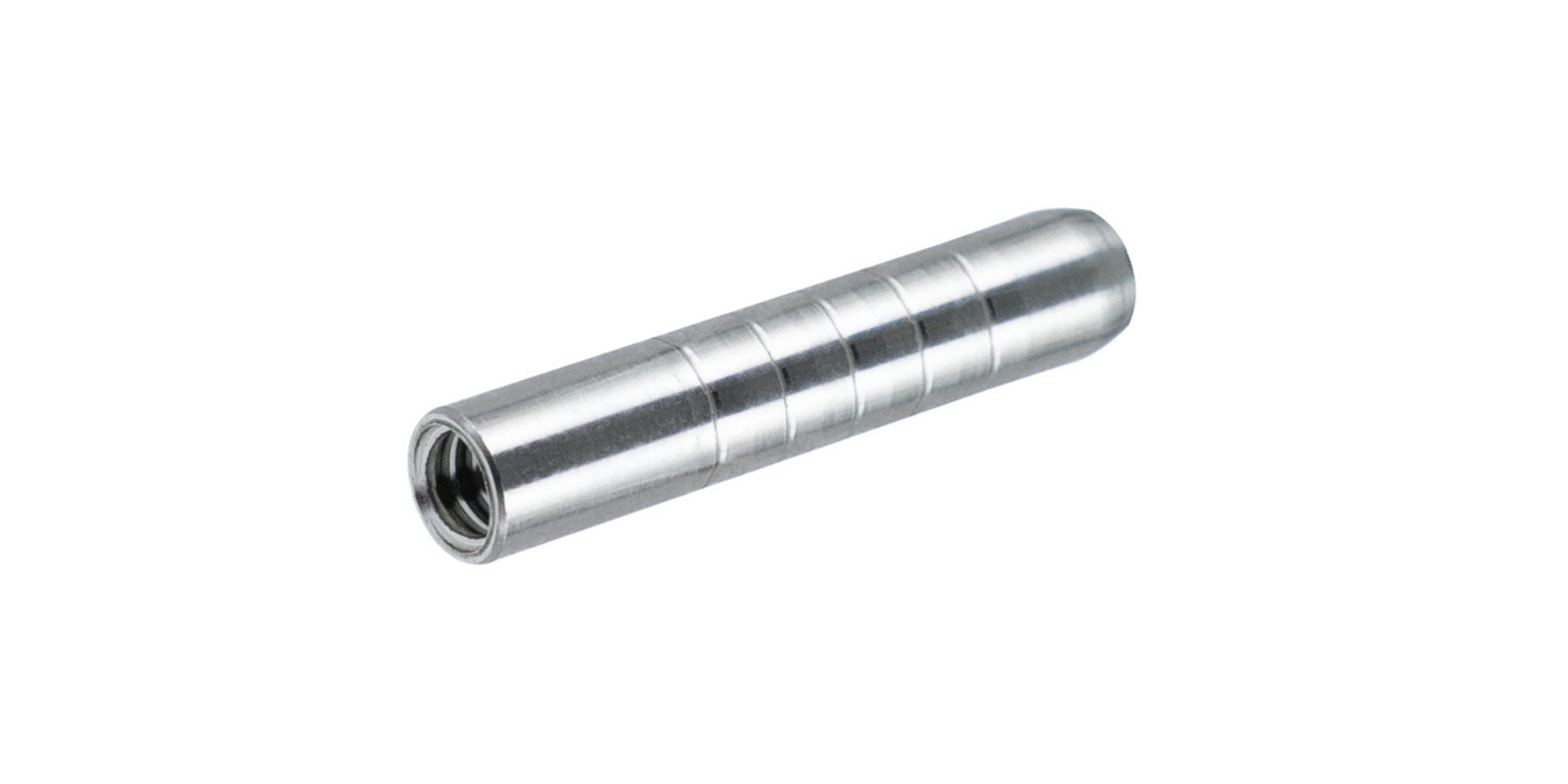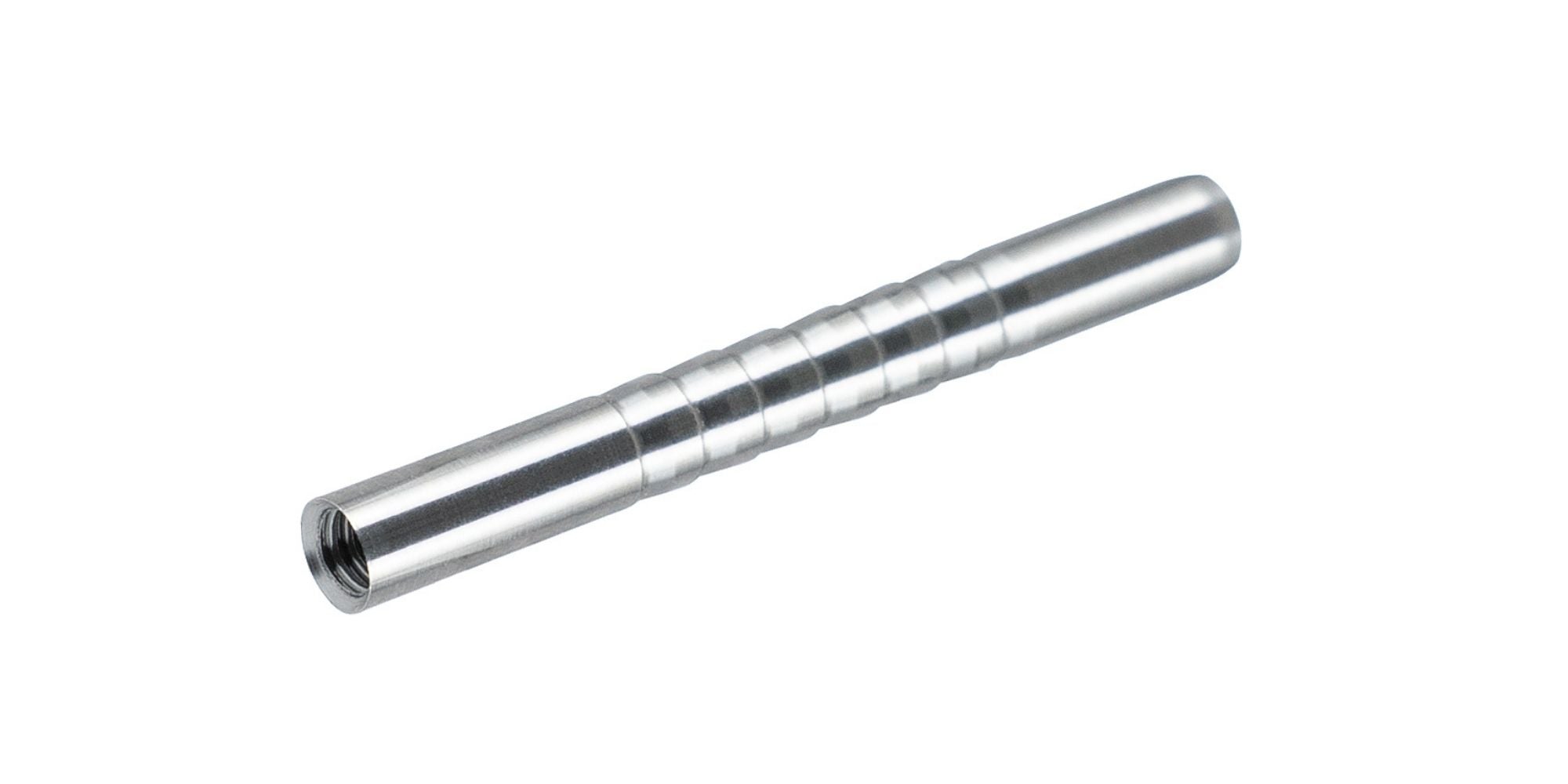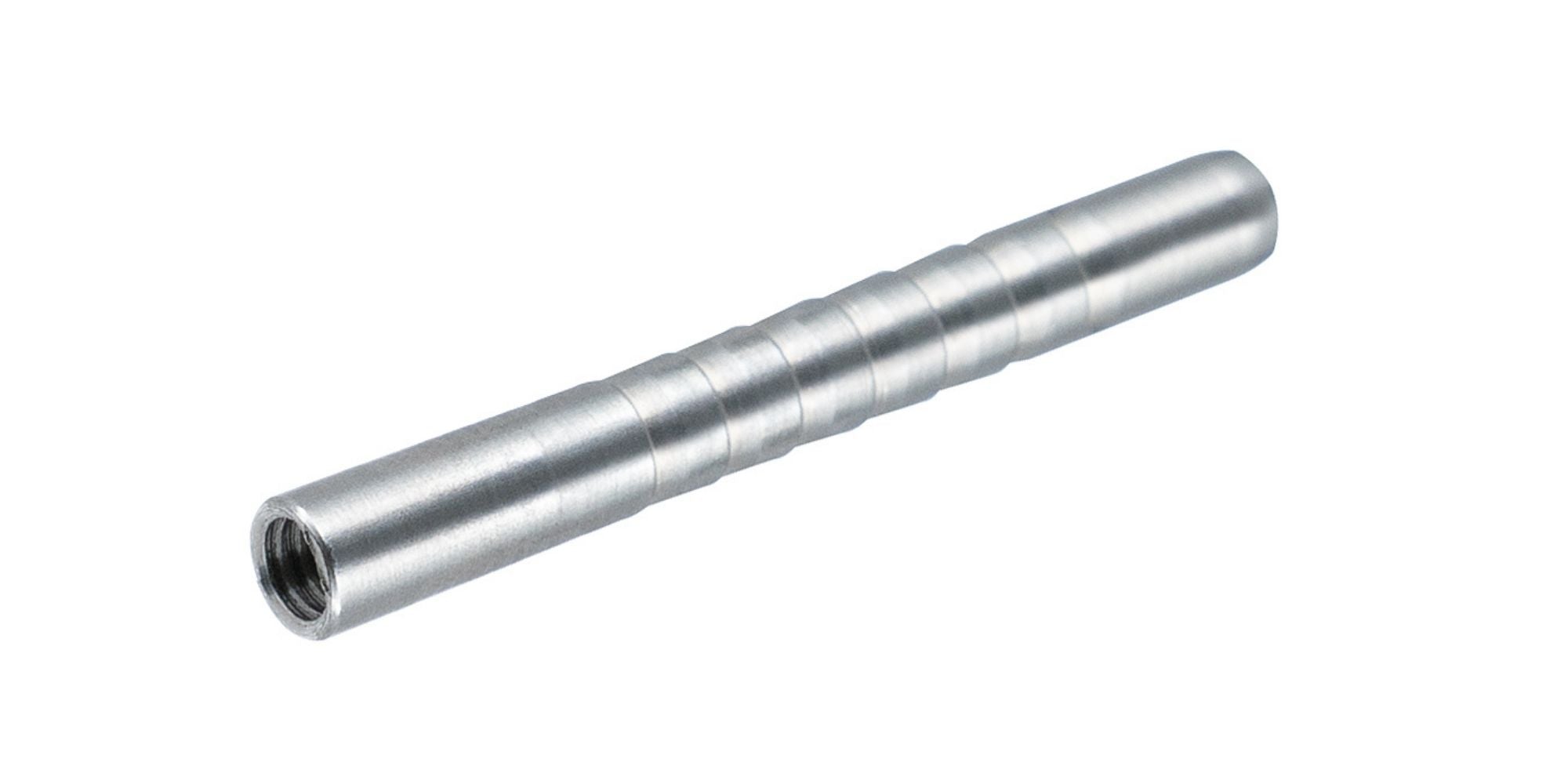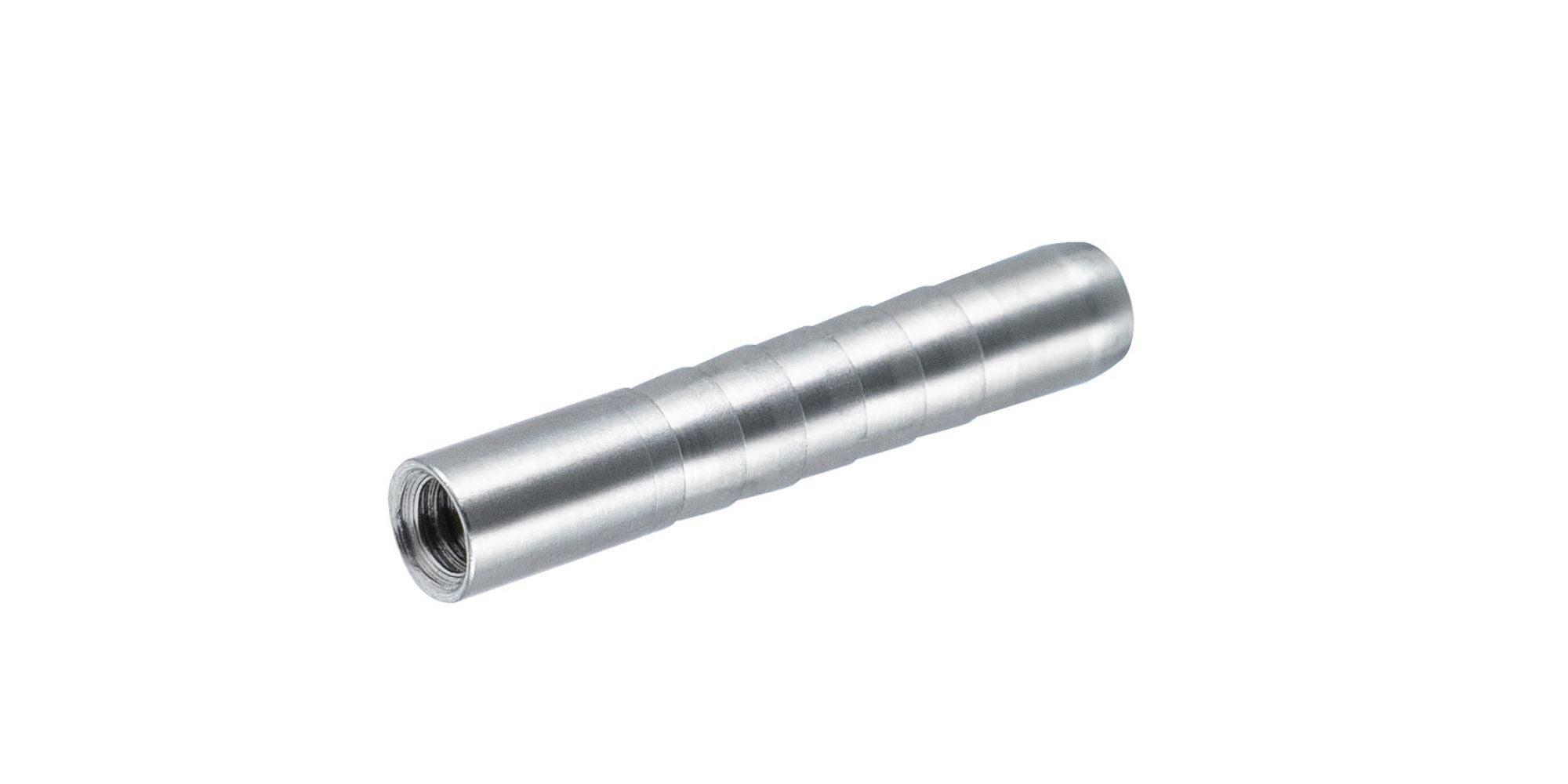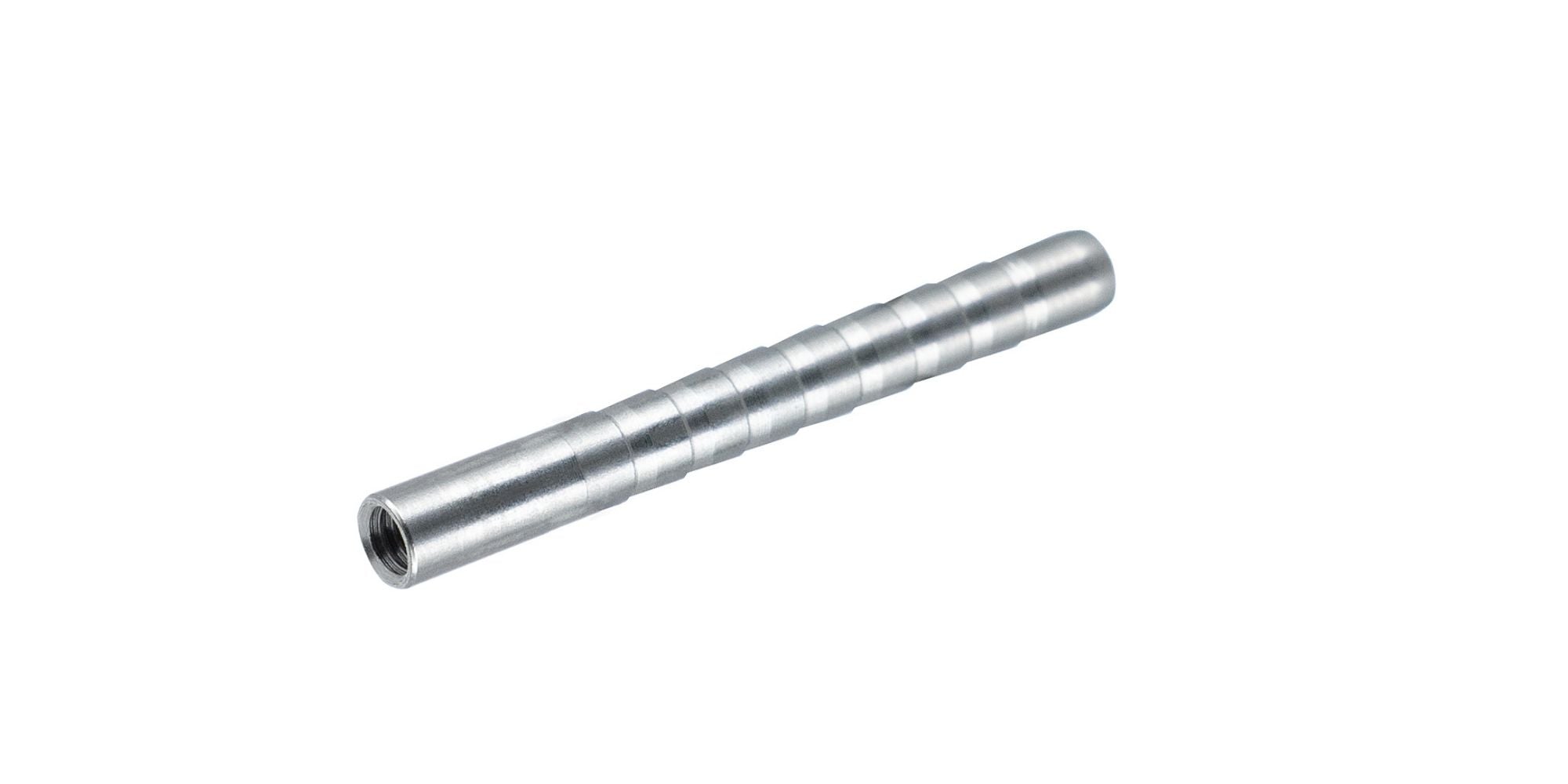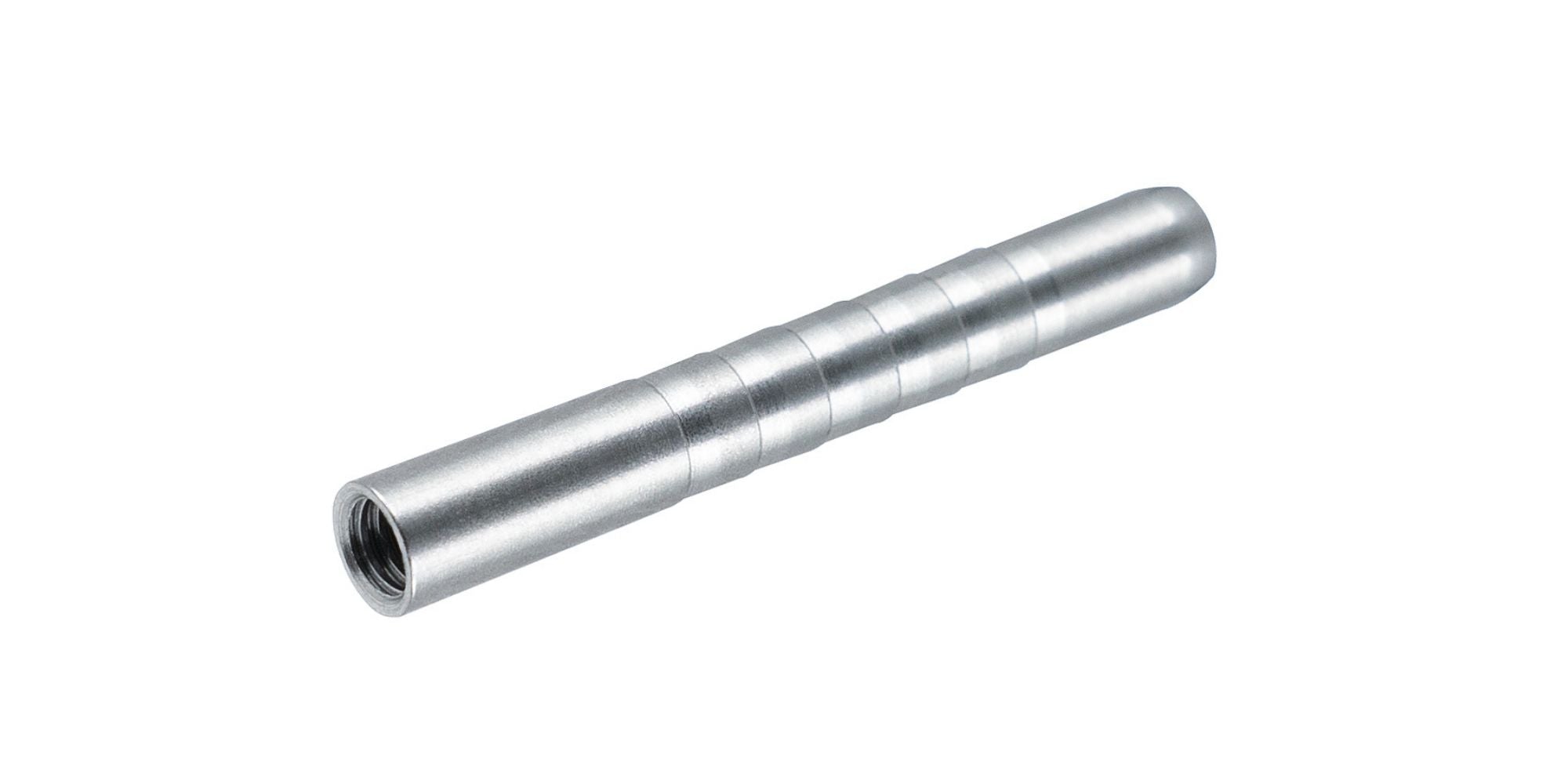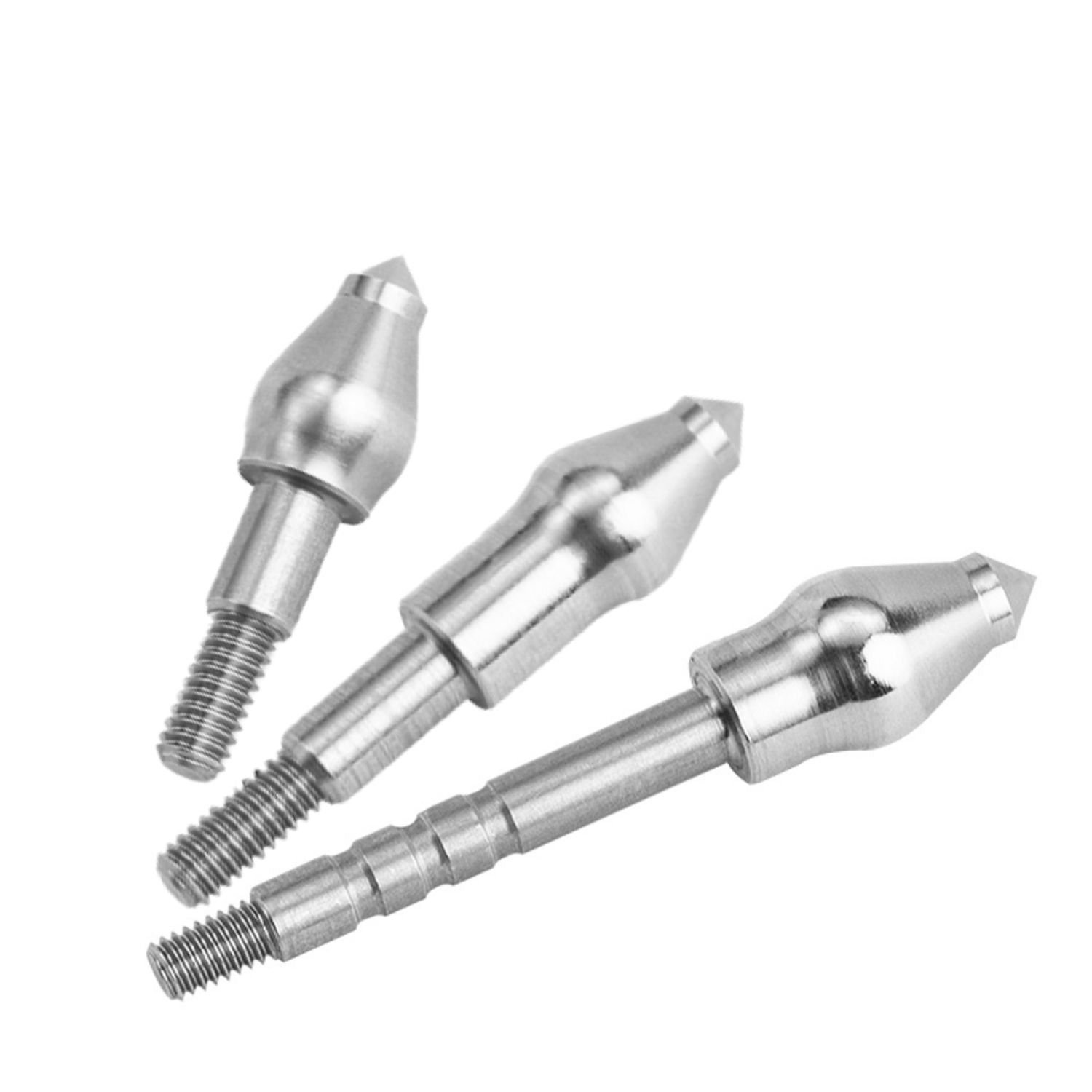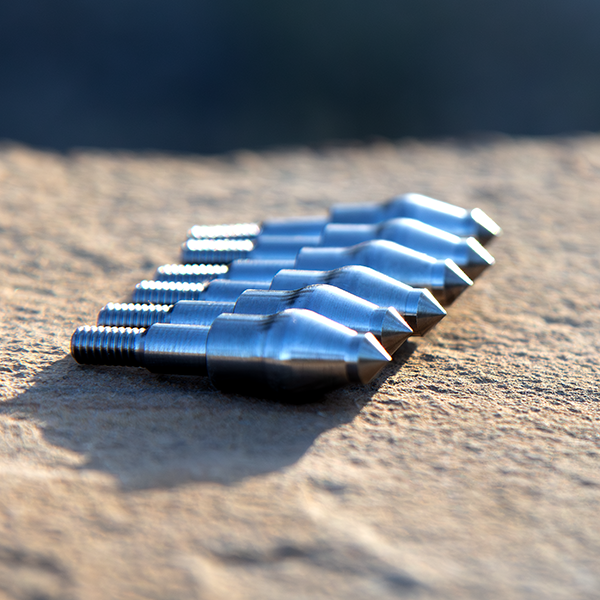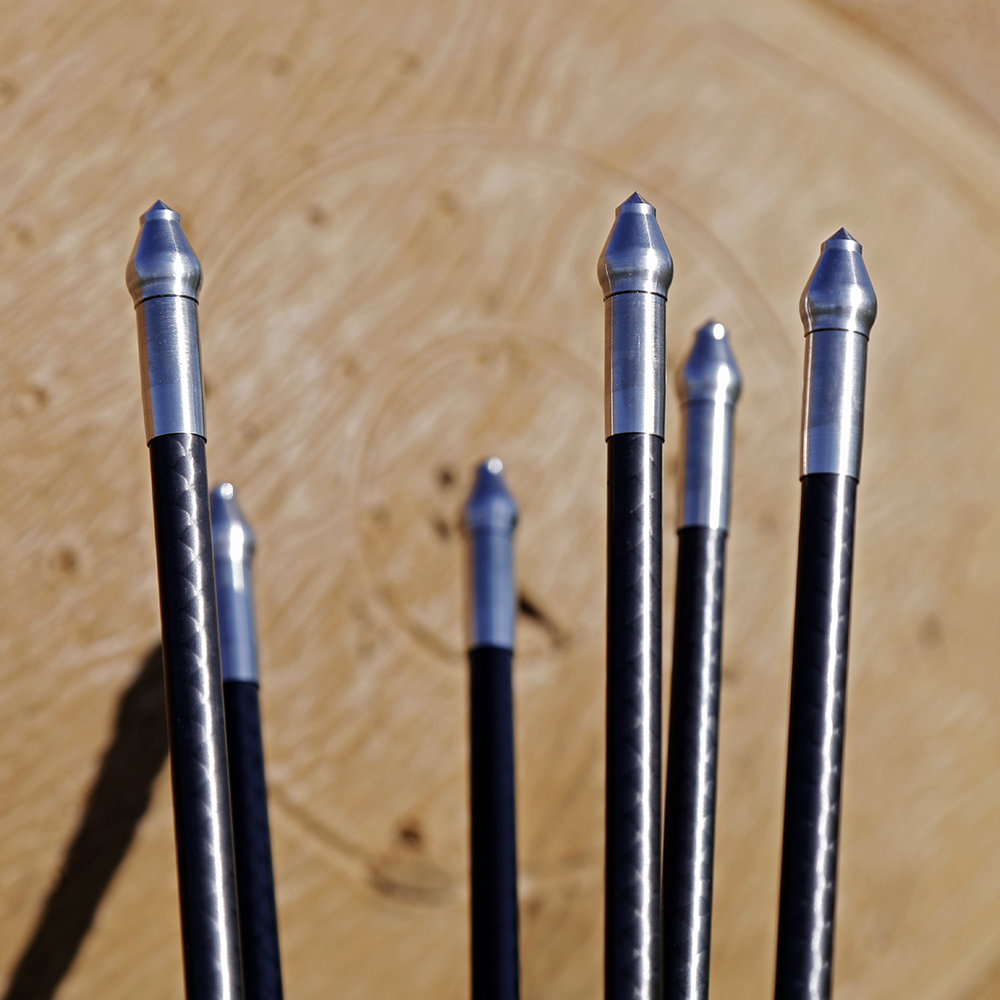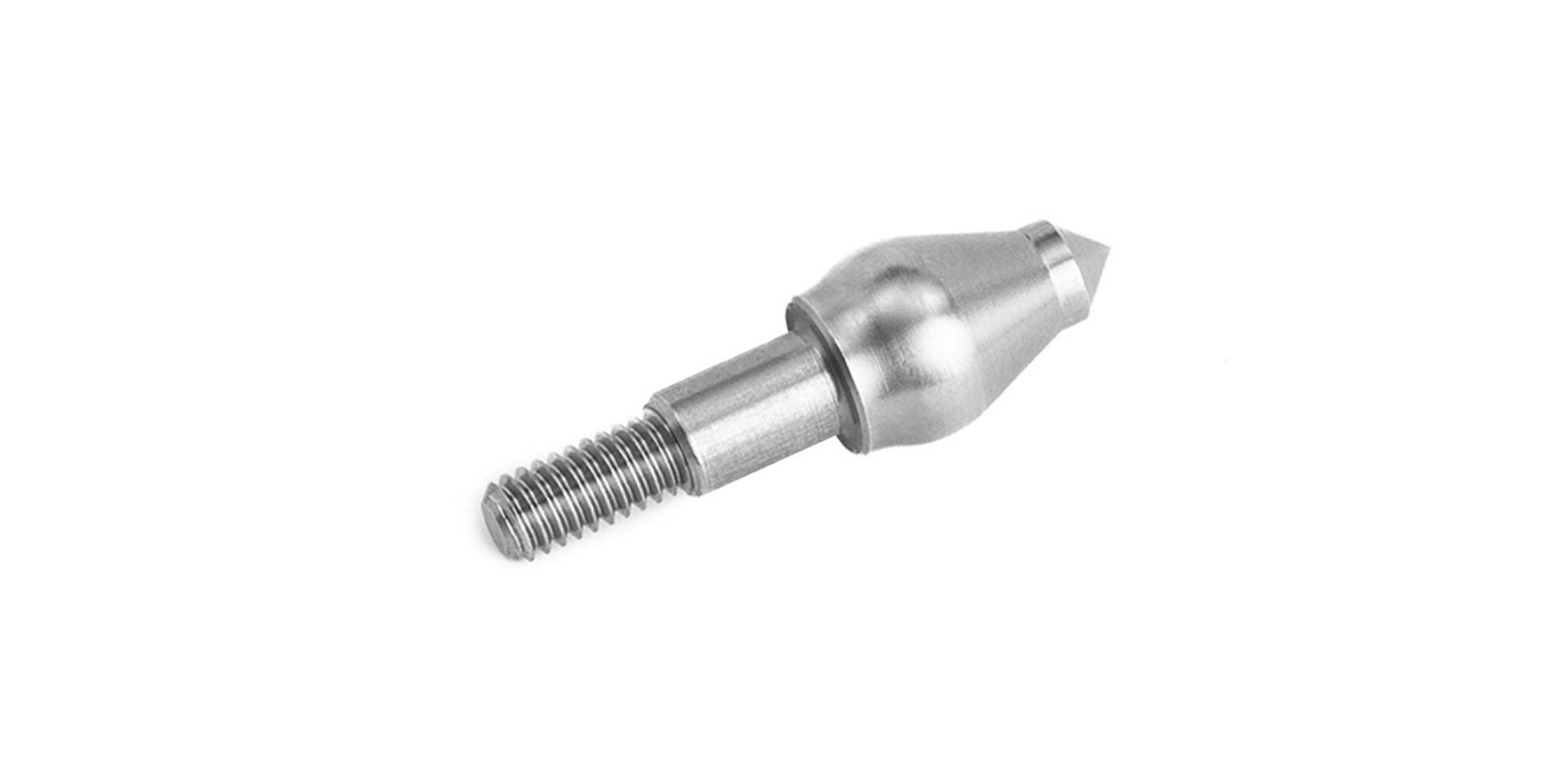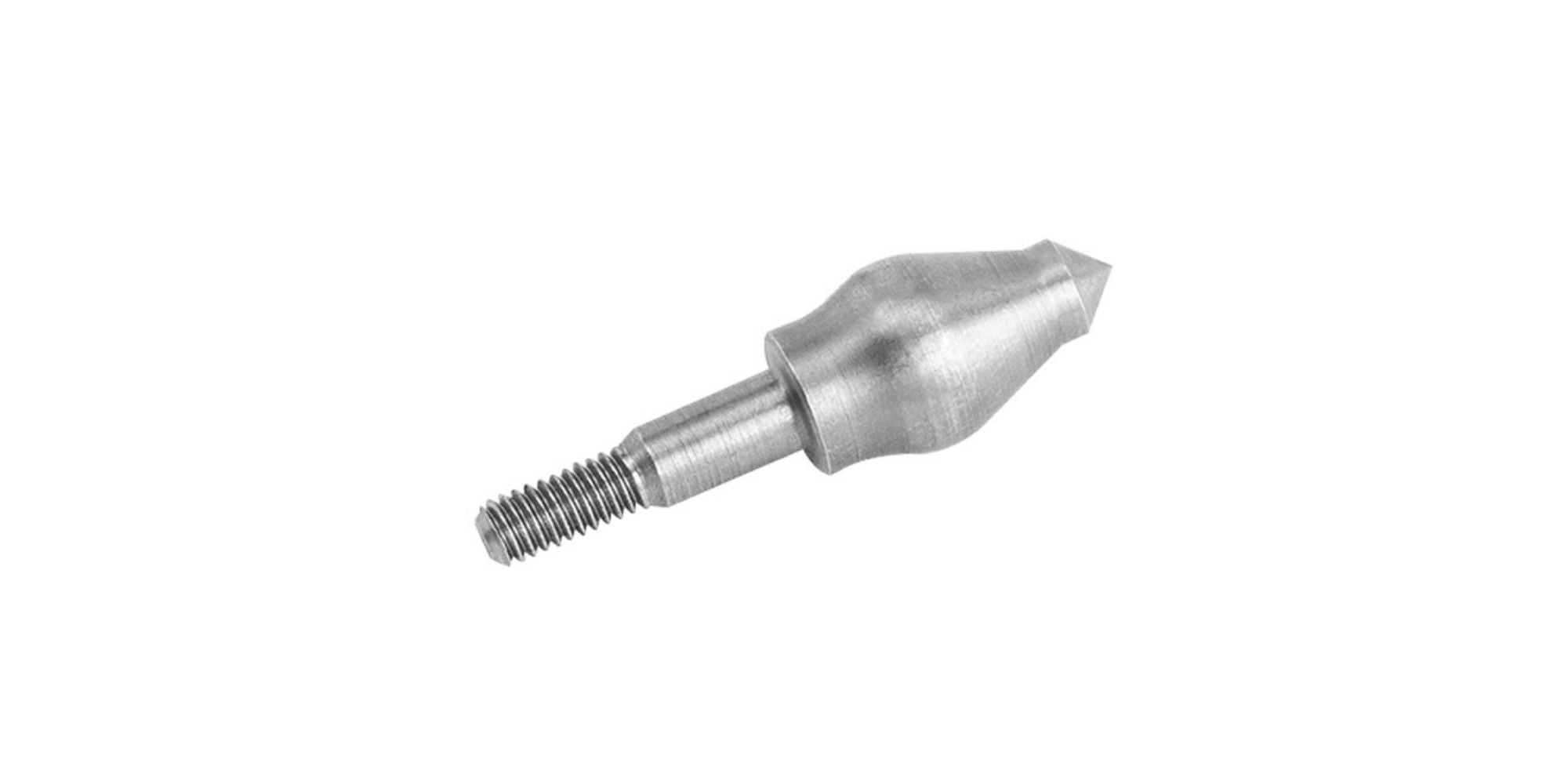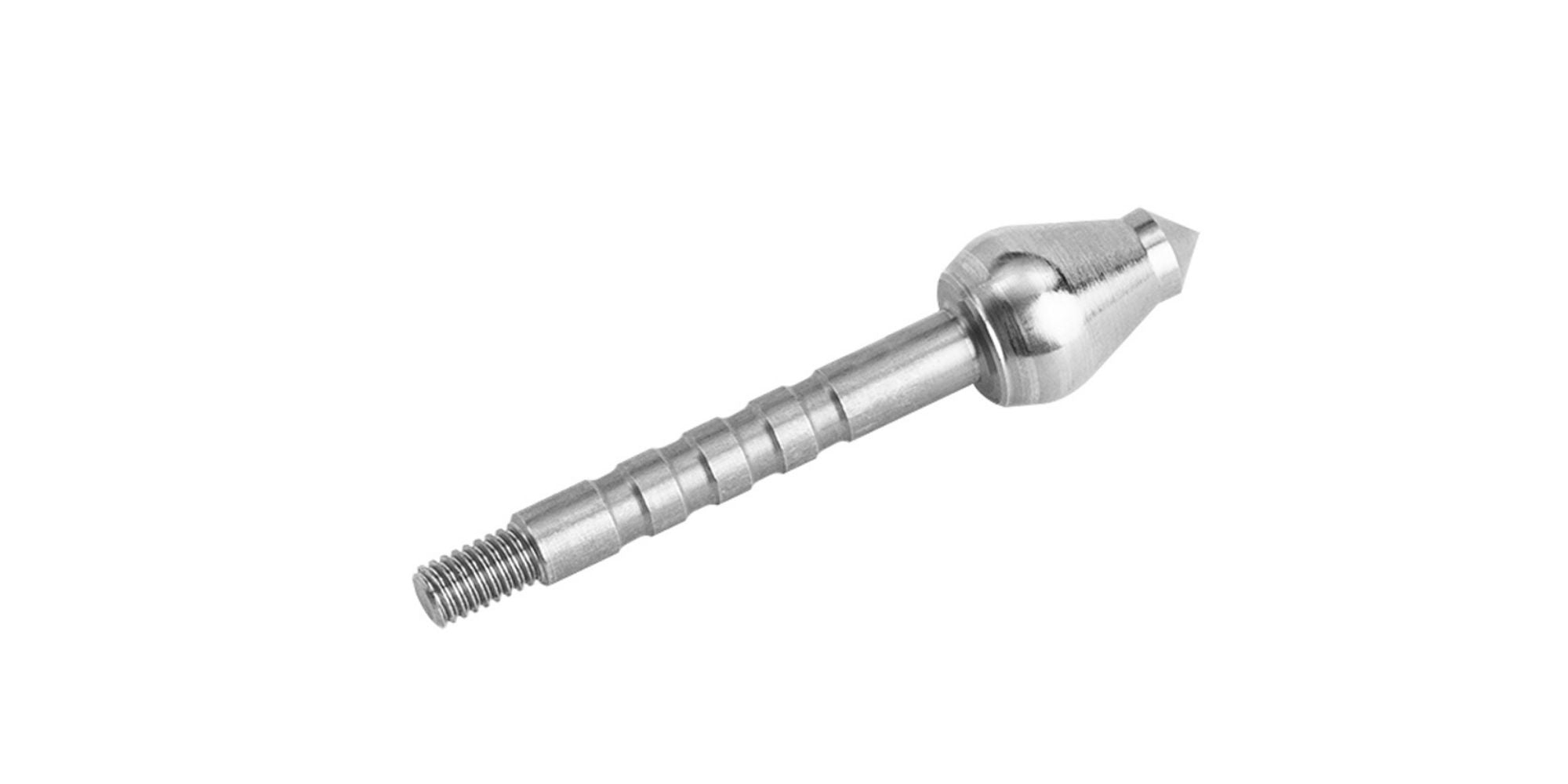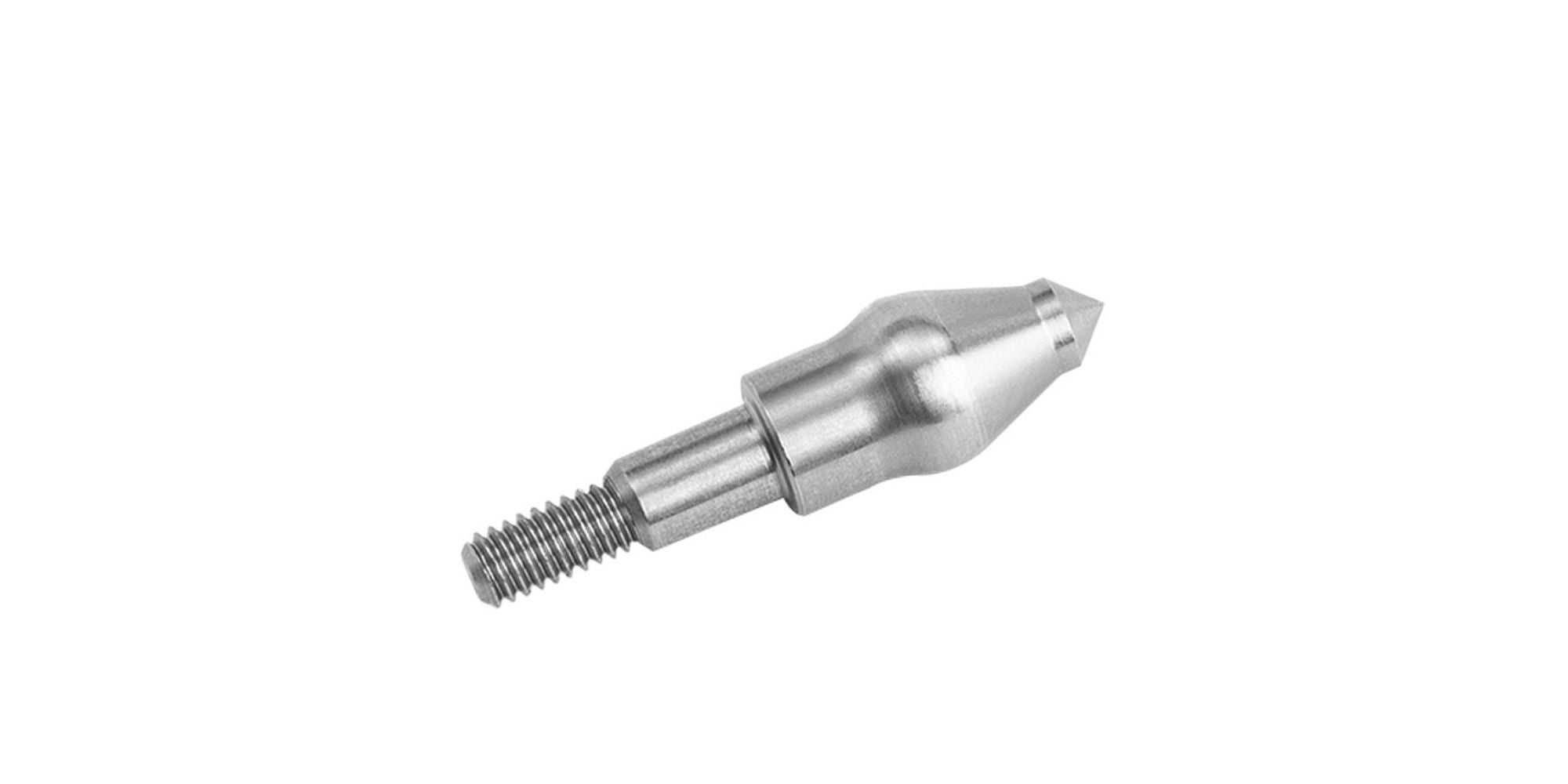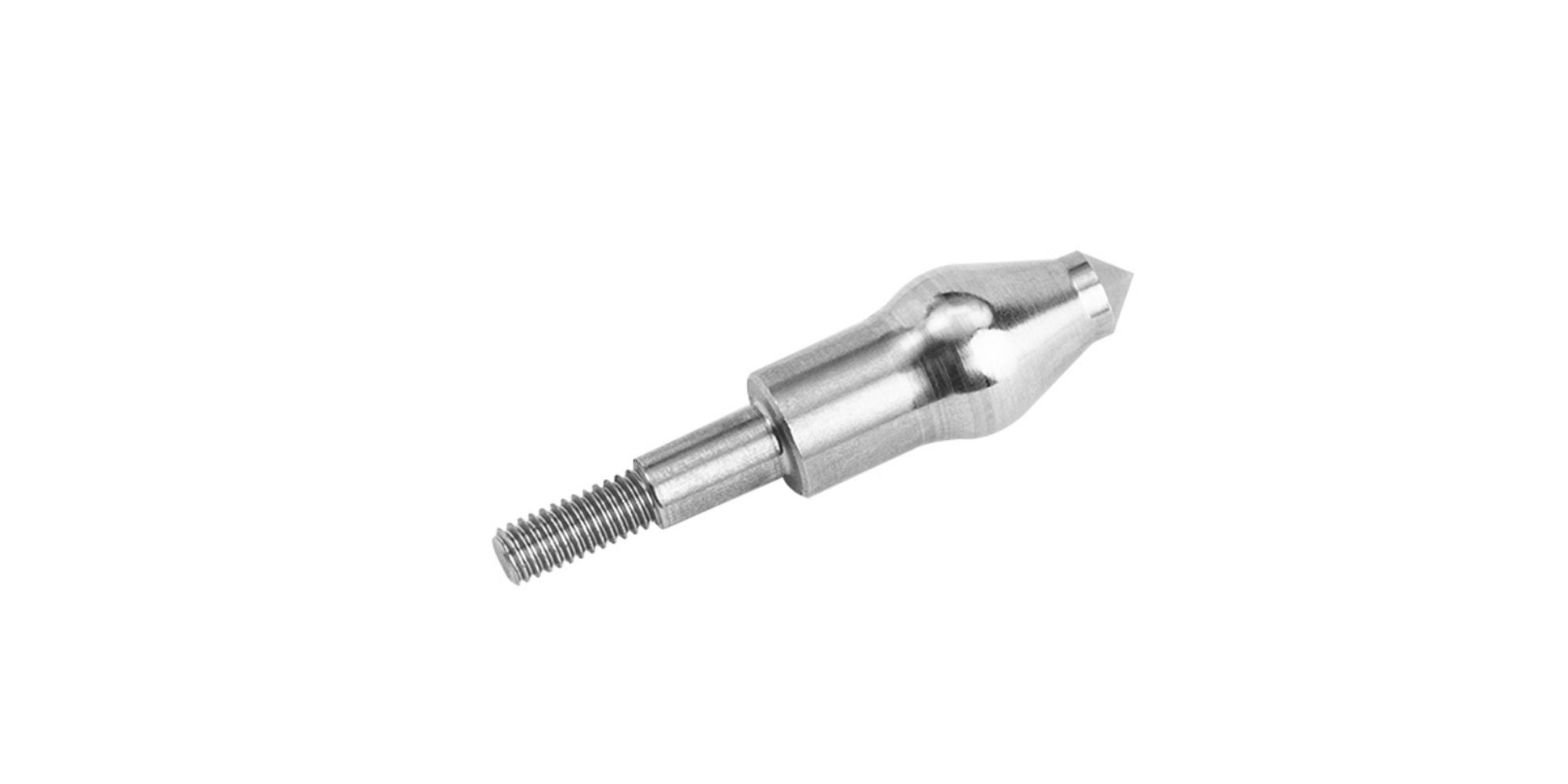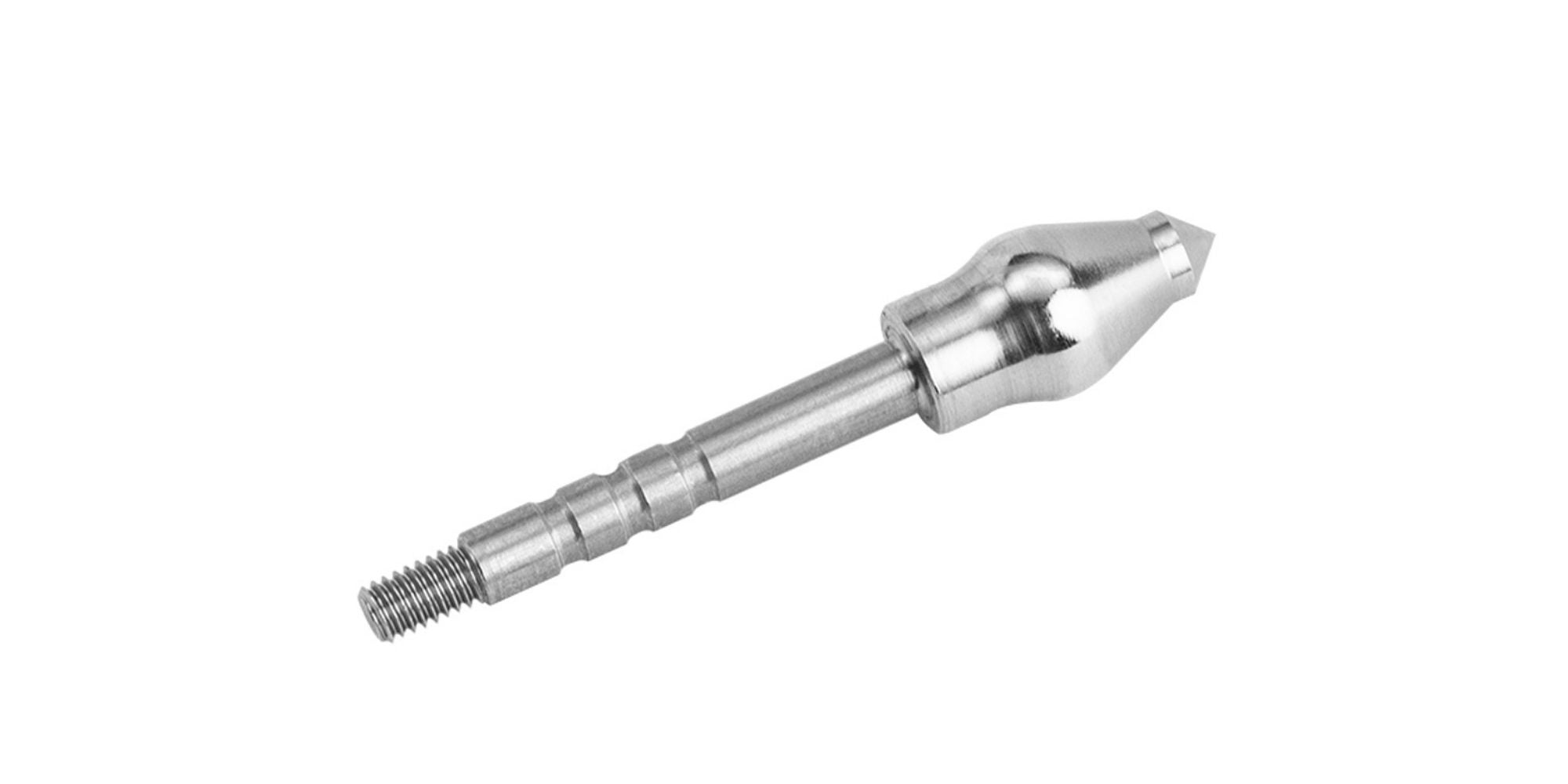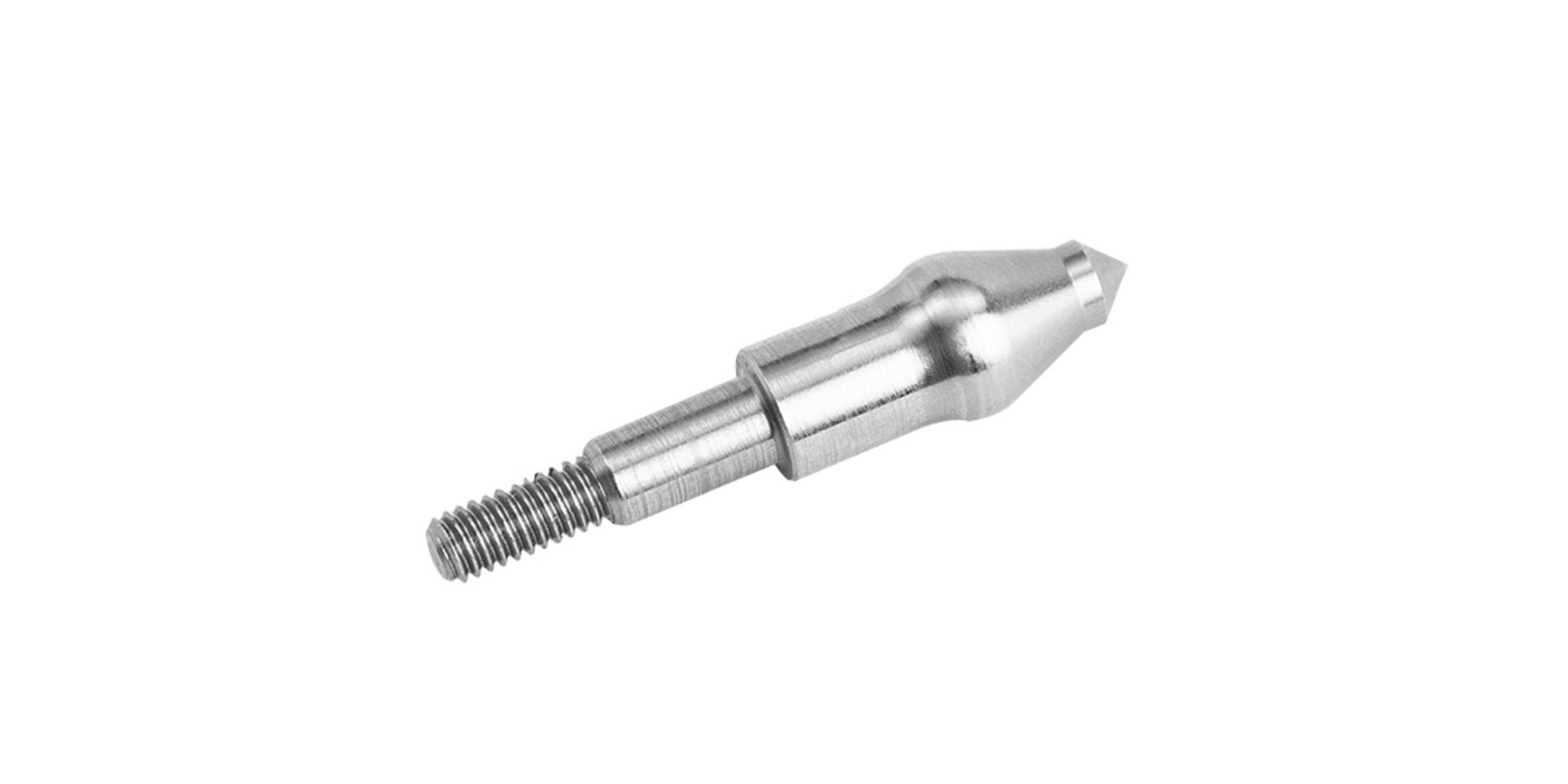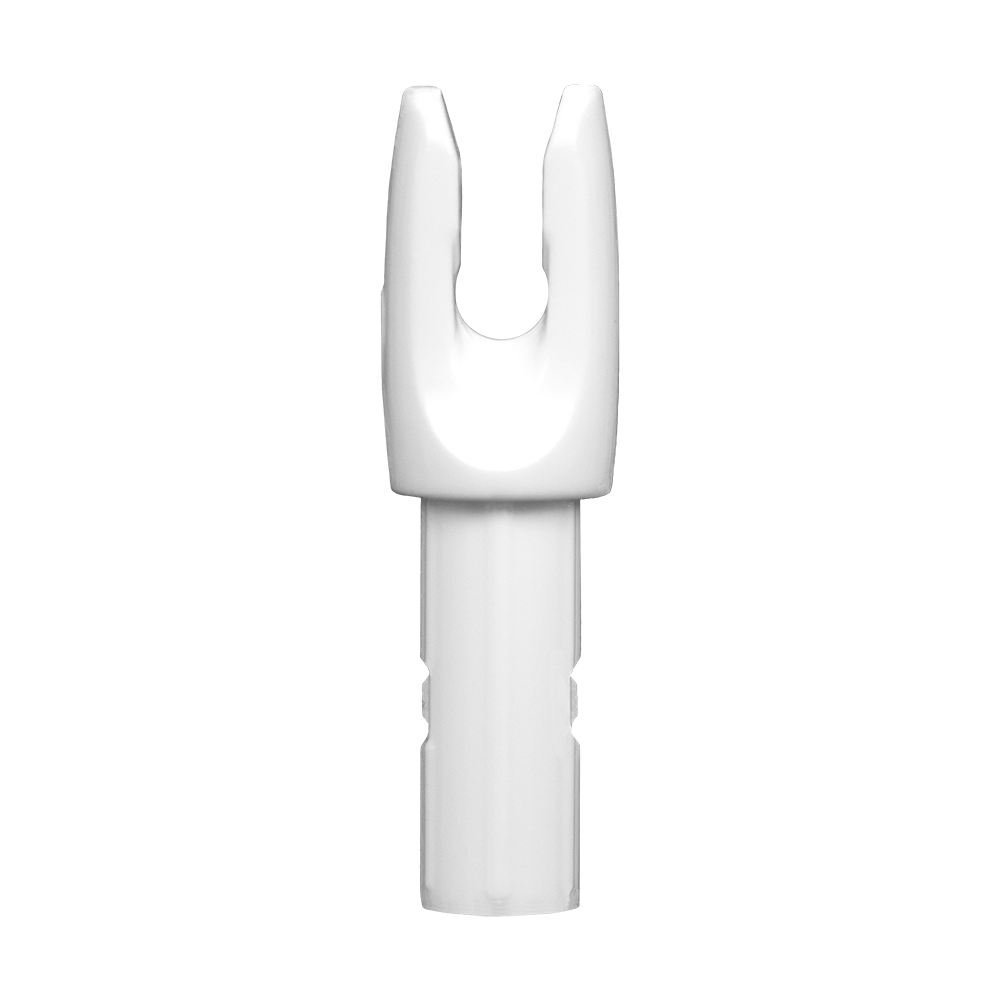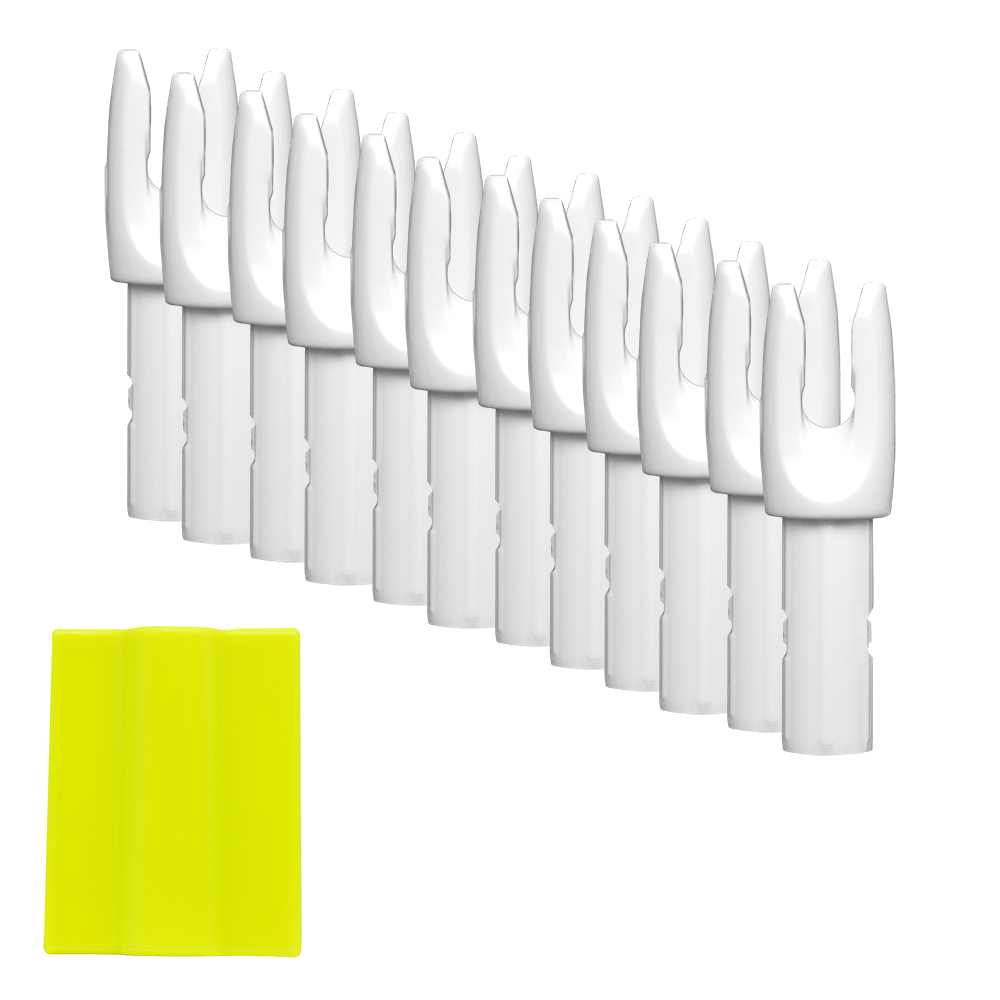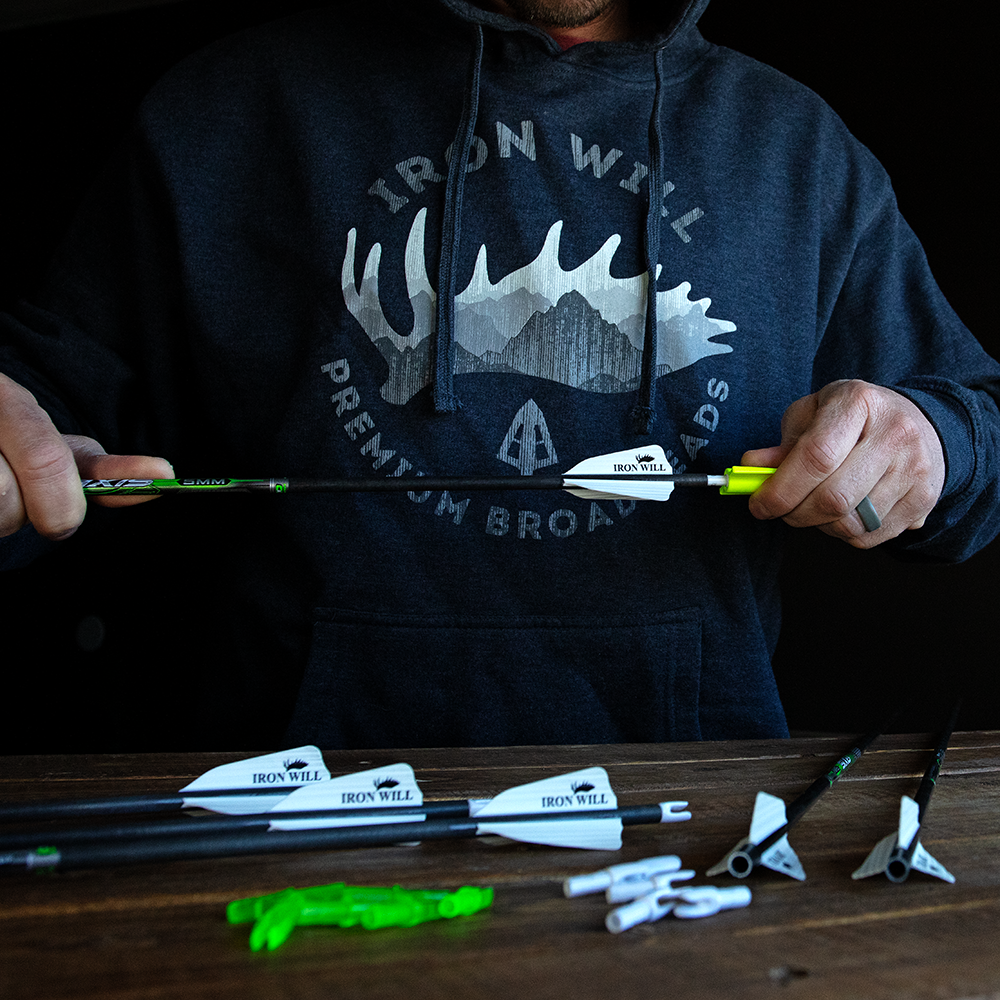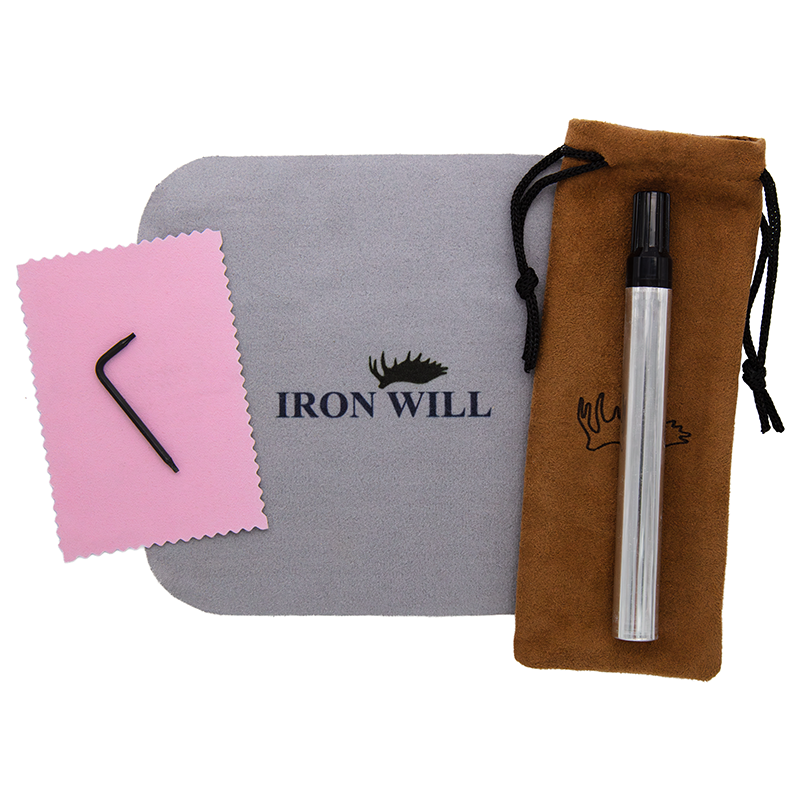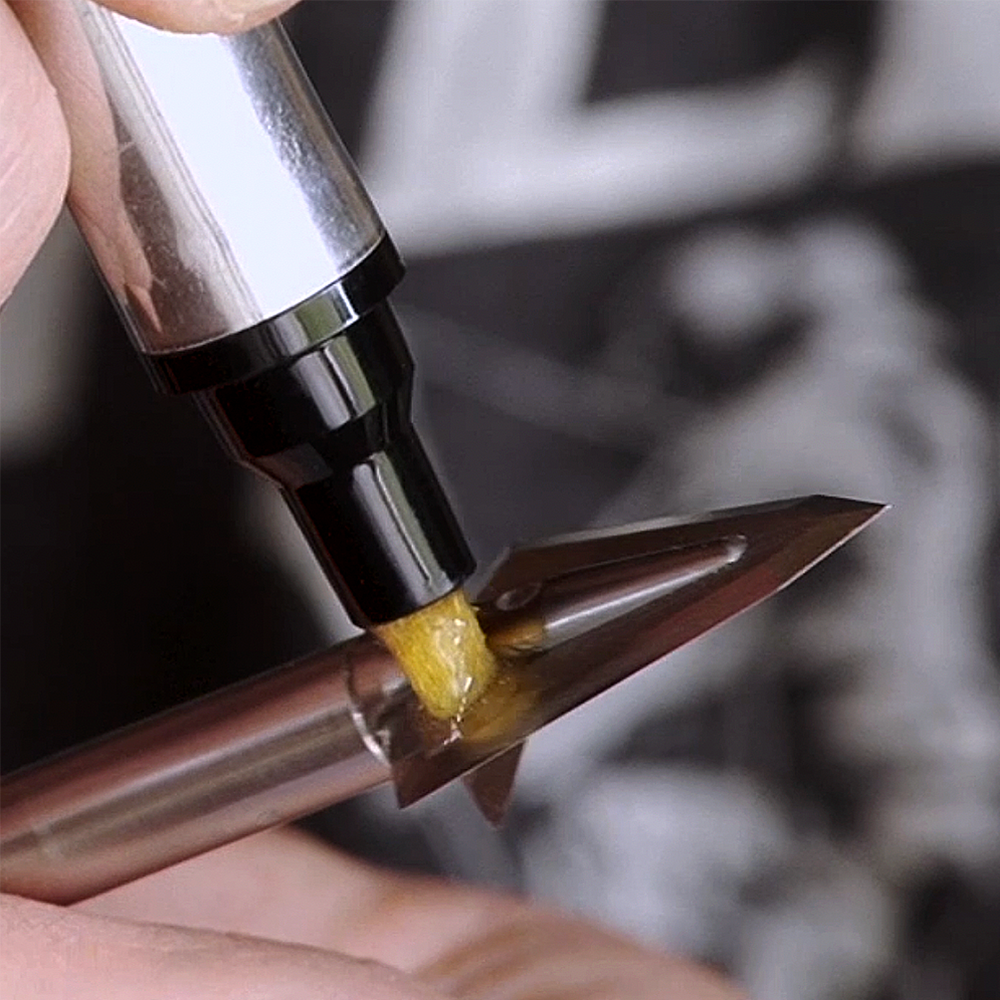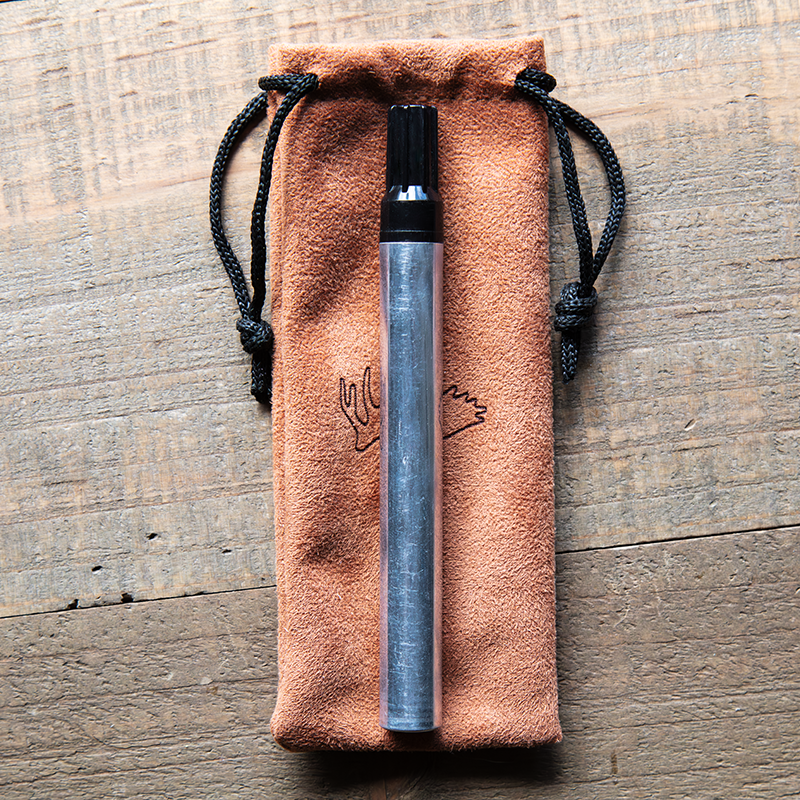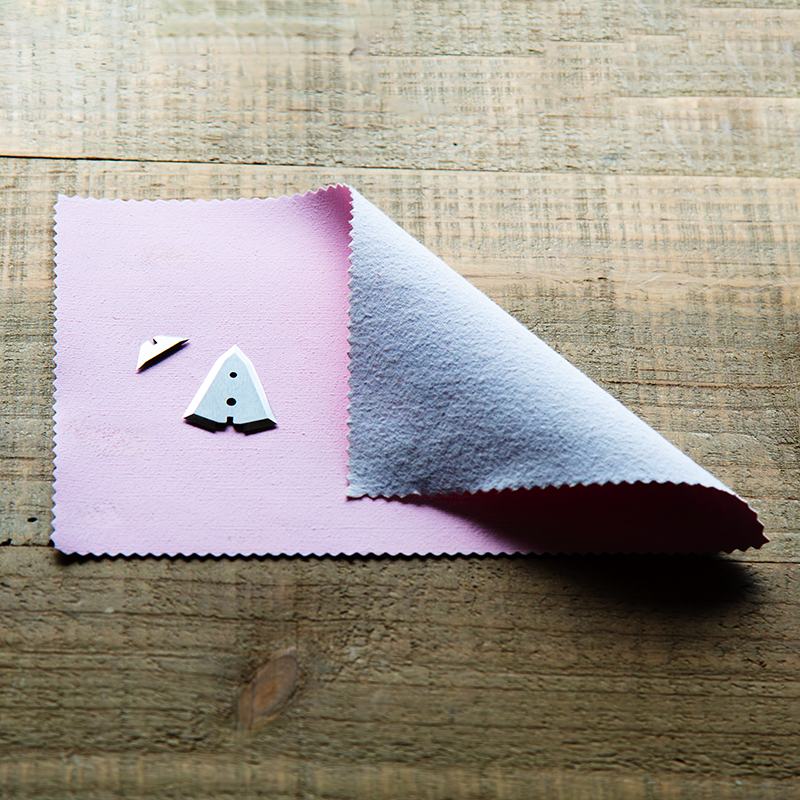Whether conditions are windy or calm, bow hunters need to hit their target. Though a crosswind adds an additional element to arrow flight, when we understand the science behind what's happening during that flight, we can make sure our setup is optimized to hit the mark.
In this video, Iron Will Owner and Chief Engineer Bill Vanderheyden shares the science behind how a crosswind impacts arrow flight and all you as a bow hunter can do to reduce arrow drag and wind drift.
WHAT HAPPENS TO ARROWS IN A CROSSWIND?
As your arrow leaves your bow, it experiences wind head on from the arrow speeding down range. When there is a crosswind, the arrow experiences the result of the crosswind and the head on wind. This resultant air velocity can be calculated and usually presents itself combined as an angled wind coming into the front of the arrow.
With that angled wind, the arrow experiences more pressure to that side and kicks the back of the arrow out and realigns it to the wind. With that realignment, you might see the arrow fishtail once or twice as it realigns to that resultant air velocity angle.
While the arrow is flying down range realigned with the resultant air angle, the arrow experiences an in-line drag force pushing on the arrow. This arrow drag is experienced at the broadhead, along the arrow shaft, and at the vanes.
To reduce this drag, there are a number of things hunters can do. First, a hunter can reduce their arrow diameter - perhaps going to a micro diameter shaft. In our modeling, we've seen about a 5% reduction in wind drift when transitioning from a 5mm arrow to a 4mm arrow. For instance, if your arrow would experience 10 inches of wind drift at x distance with a 5mm arrow, going to a 4mm arrow would reduce the wind drift to about 9.5 inches. When deciding on your arrow of choice, hunters will want to weigh that between other advantages and disadvantages of going with 5mm vs 4mm arrows.
Additionally, increasing an arrow's mass can reduce wind drift. When shooting a heavier arrow, the resultant air velocity will have less of an impact on your arrow as it flies down range. Increasing mass reduces wind drift, but it's important to keep in mind that it will also affect trajectory.
The next thing hunters can do to reduce drag is to shoot a smaller broadhead. Bigger, wider broadheads create a little more drag, which will result in a little more wind drift.
Broadheads that have a flat back surface also will experience higher drag. Iron Will broadheads are designed with a beveled back edge to minimize drag and wind drift. This bevel allows the trailing air to merge back into itself rather than create turbulence.
In general, shorter, smaller vanes will have less drag, but there's a trade off with accuracy and stability. Our university studies have shown that reducing vane height by 10% you can reduce drag by 2.5%, but you reduce stability by 11%.
Vane shape also has an effect on drag. Fletching that has a steeper front or a steeper or shield cut back tend to have higher drag than vanes with a smoother front end and an angling back end. This profile keeps the airflow attached to the vane and minimizes drag, even though it's relatively large for good stability and accuracy.
The number of vanes on your arrow also impacts arrow drag. As you add more vanes, you increase drag. In our modeling, moving from three to four vanes resulted in about 8% more total arrow drag.
Arrow spine and bow tune also impact wind drift. The extra flexibility in an under spined arrow increases drag and wind drift. Also, if your bow is out of tune and your arrow is fishtailing downrange, that greatly increases drag as well. That increased drag increases drop and wind drift, and results in less momentum for ethical harvests at longer range.
We recommend keeping all these factors in mind when selecting the ideal arrow build for your next hunt, so you can make your shot count at the moment of truth.
Now that you know the science impacting different components of your arrow build, let's build your ideal arrow. Share your thoughts about your next arrow build with us, plus your bow specs and unique hunt considerations, and we'll provide our personalized arrow setup recommendation for you.
*HIT (Hidden Insert Technology) is used under license as a registered trademark of Easton Technical Products.






